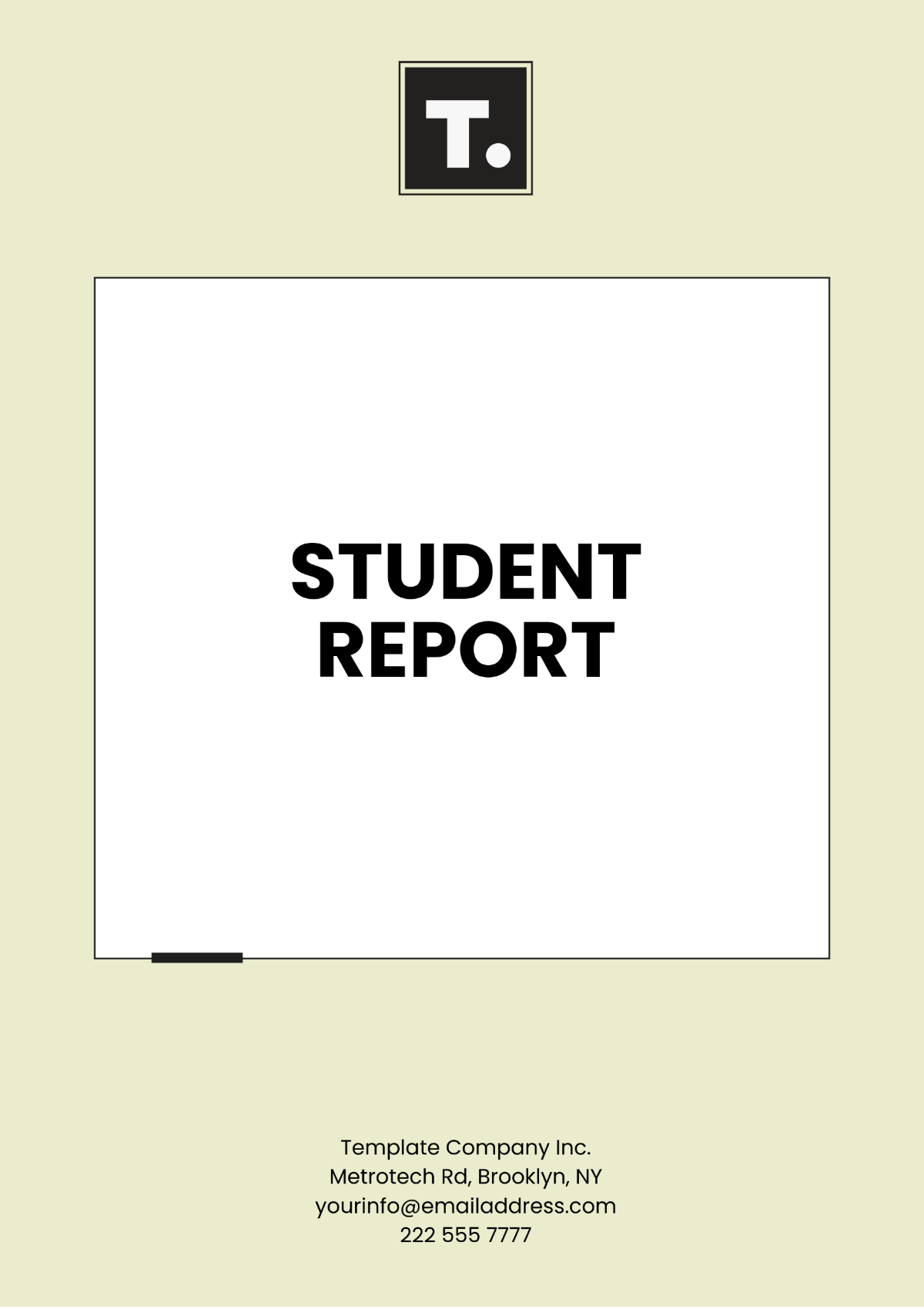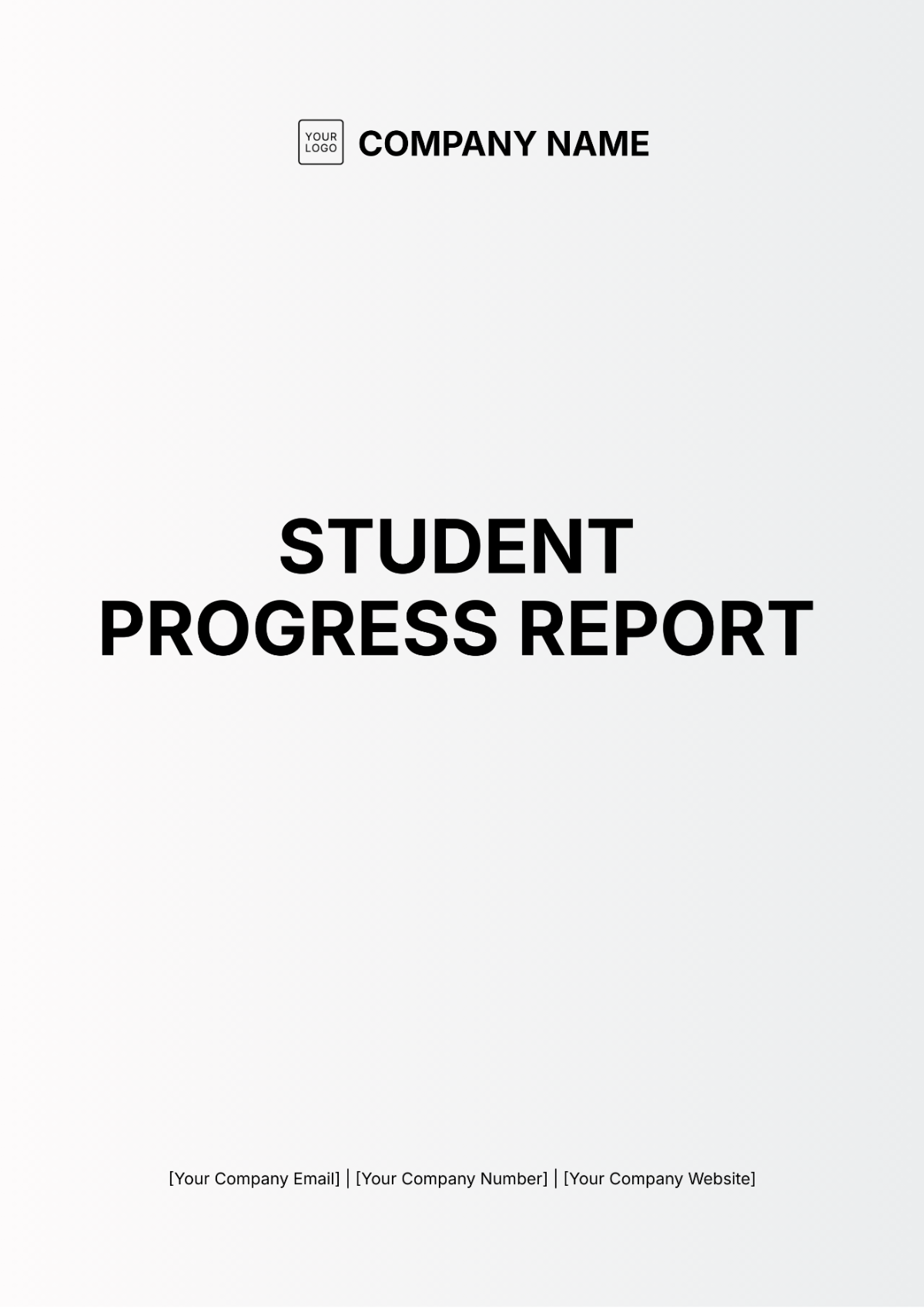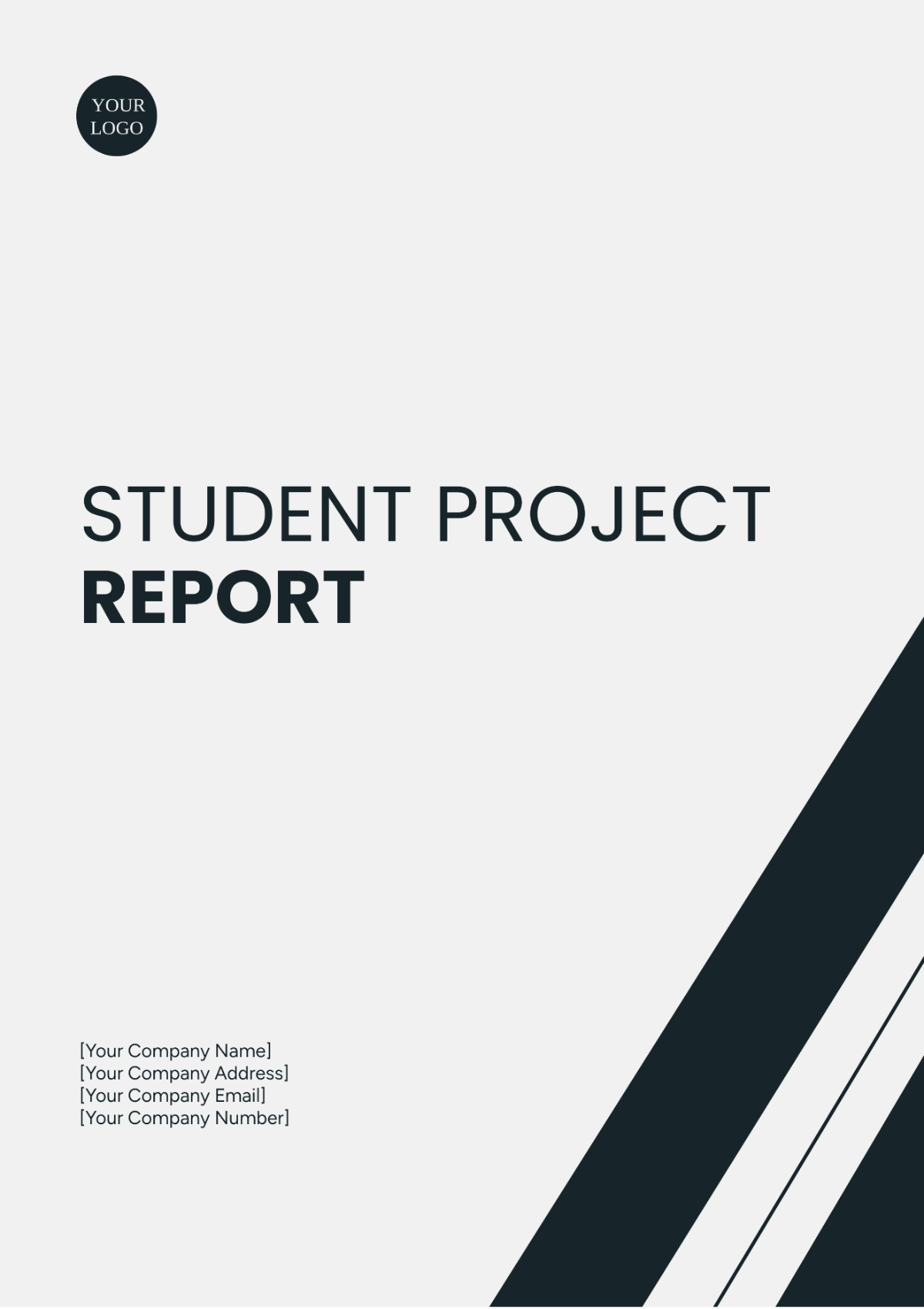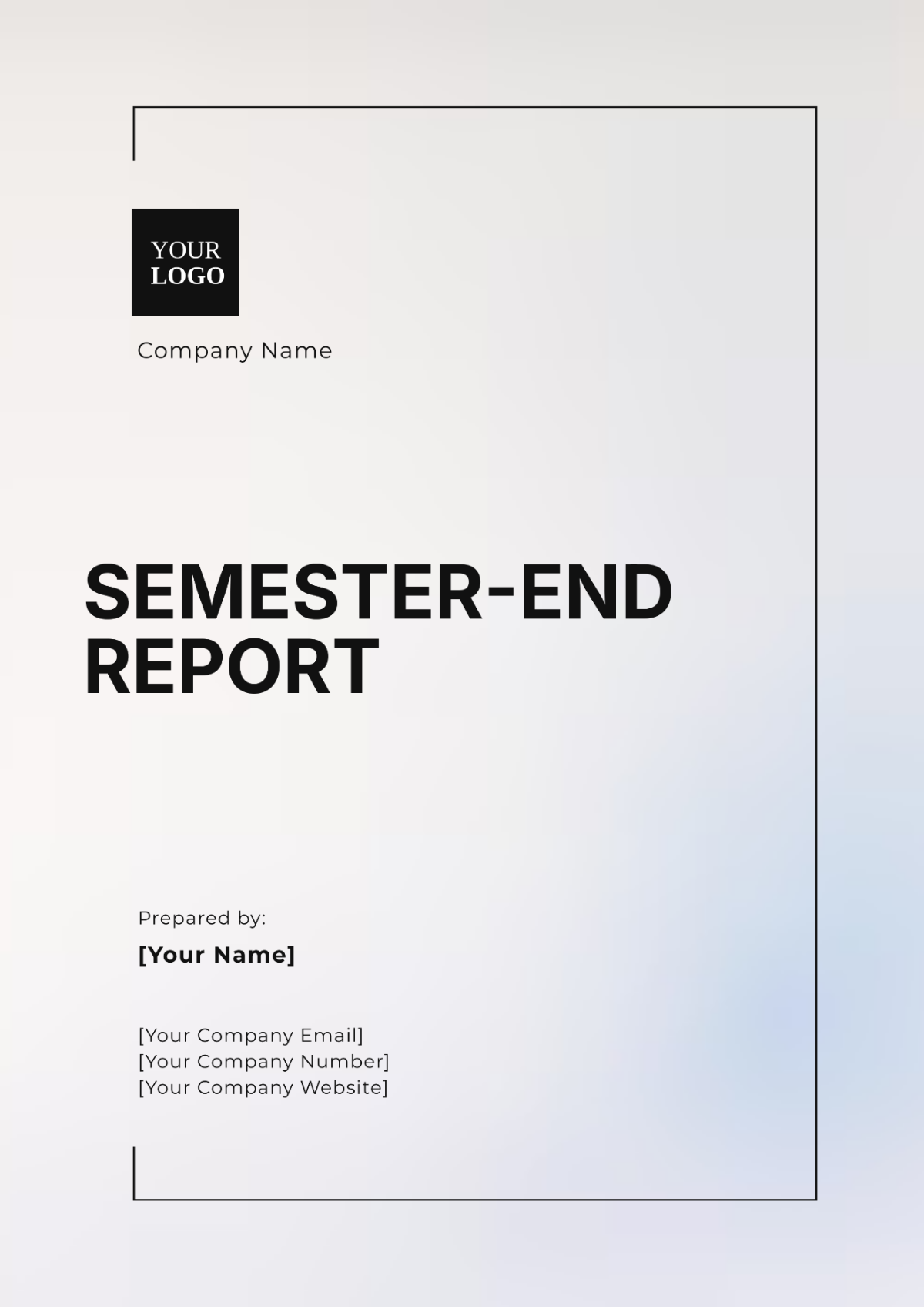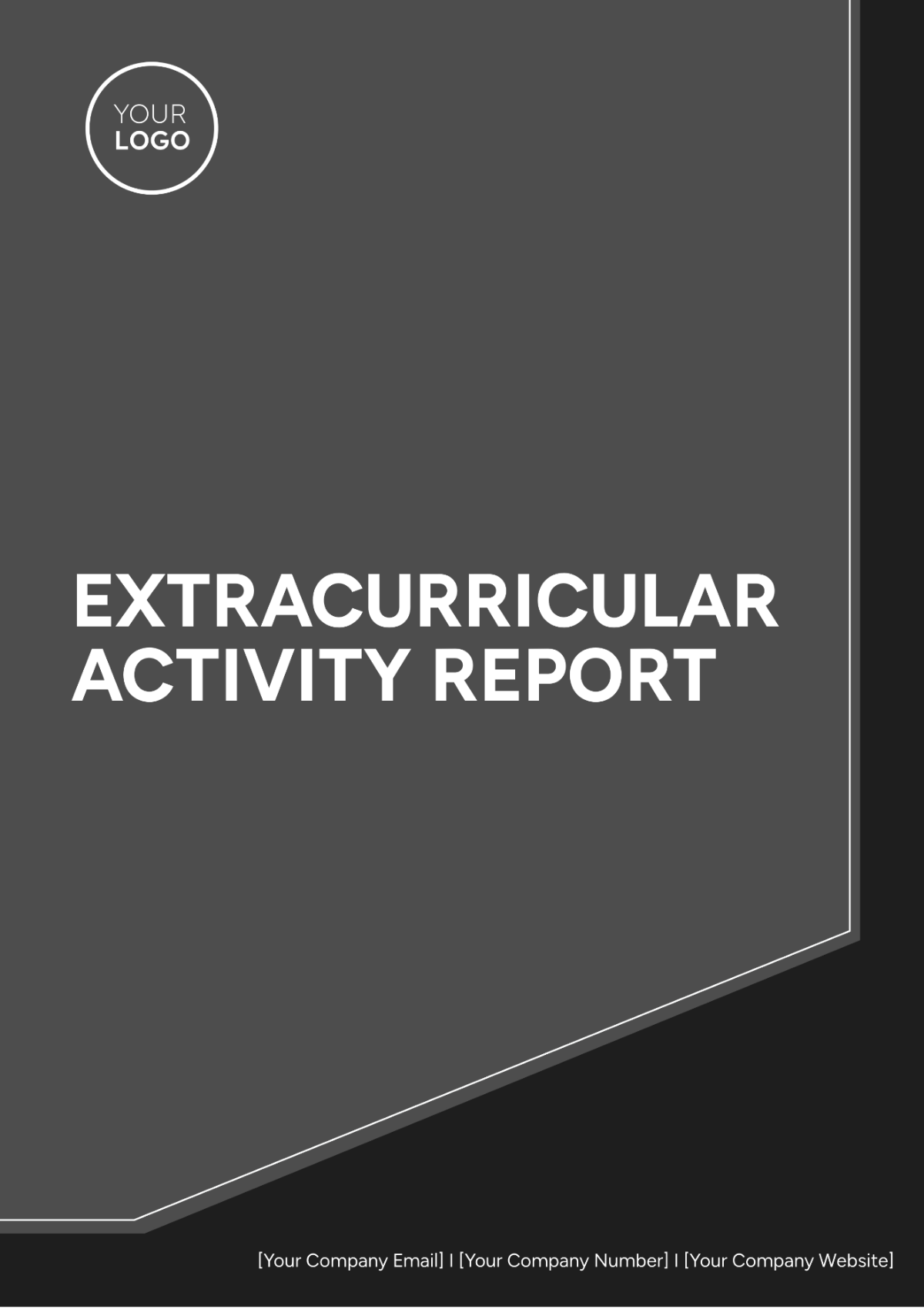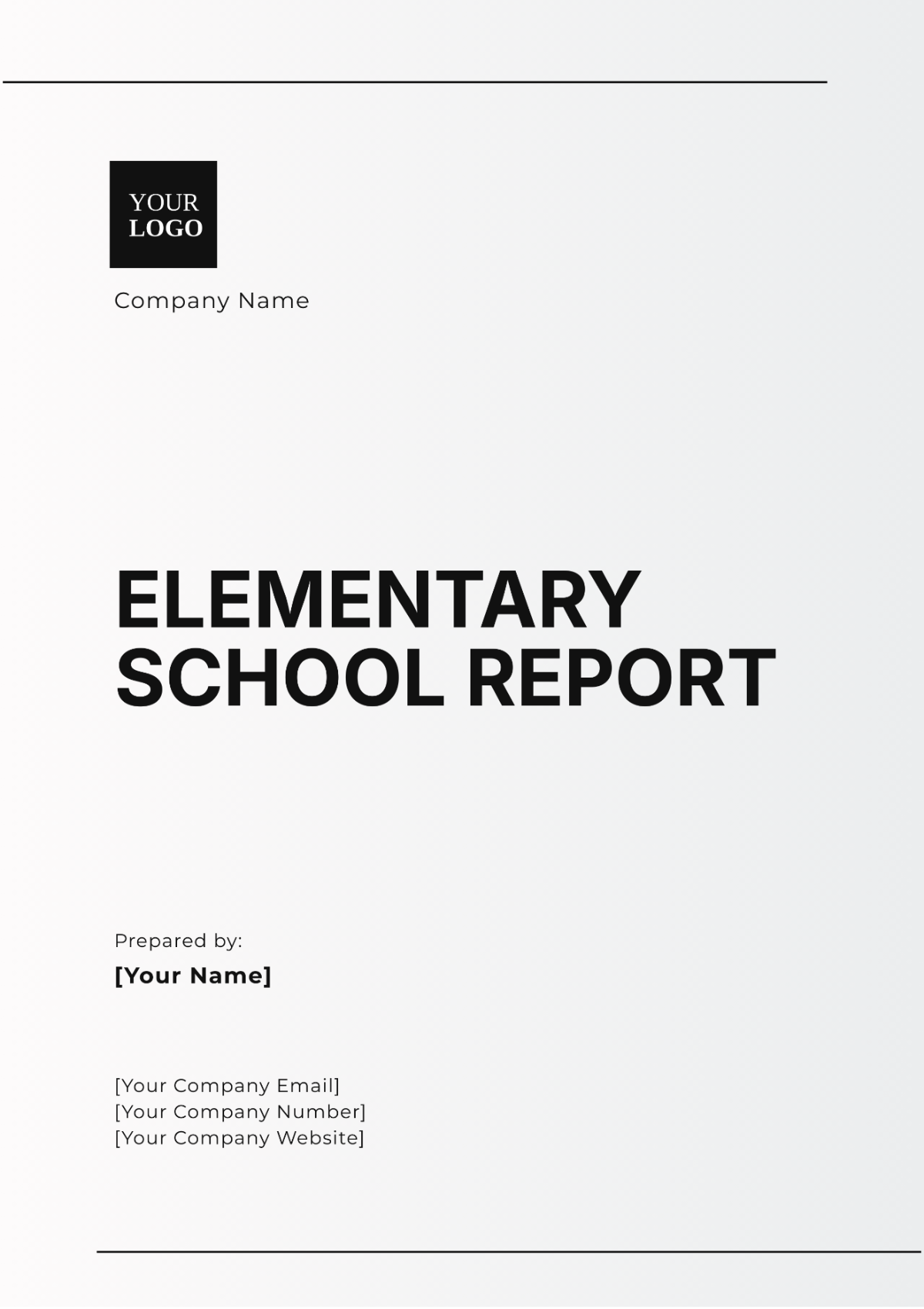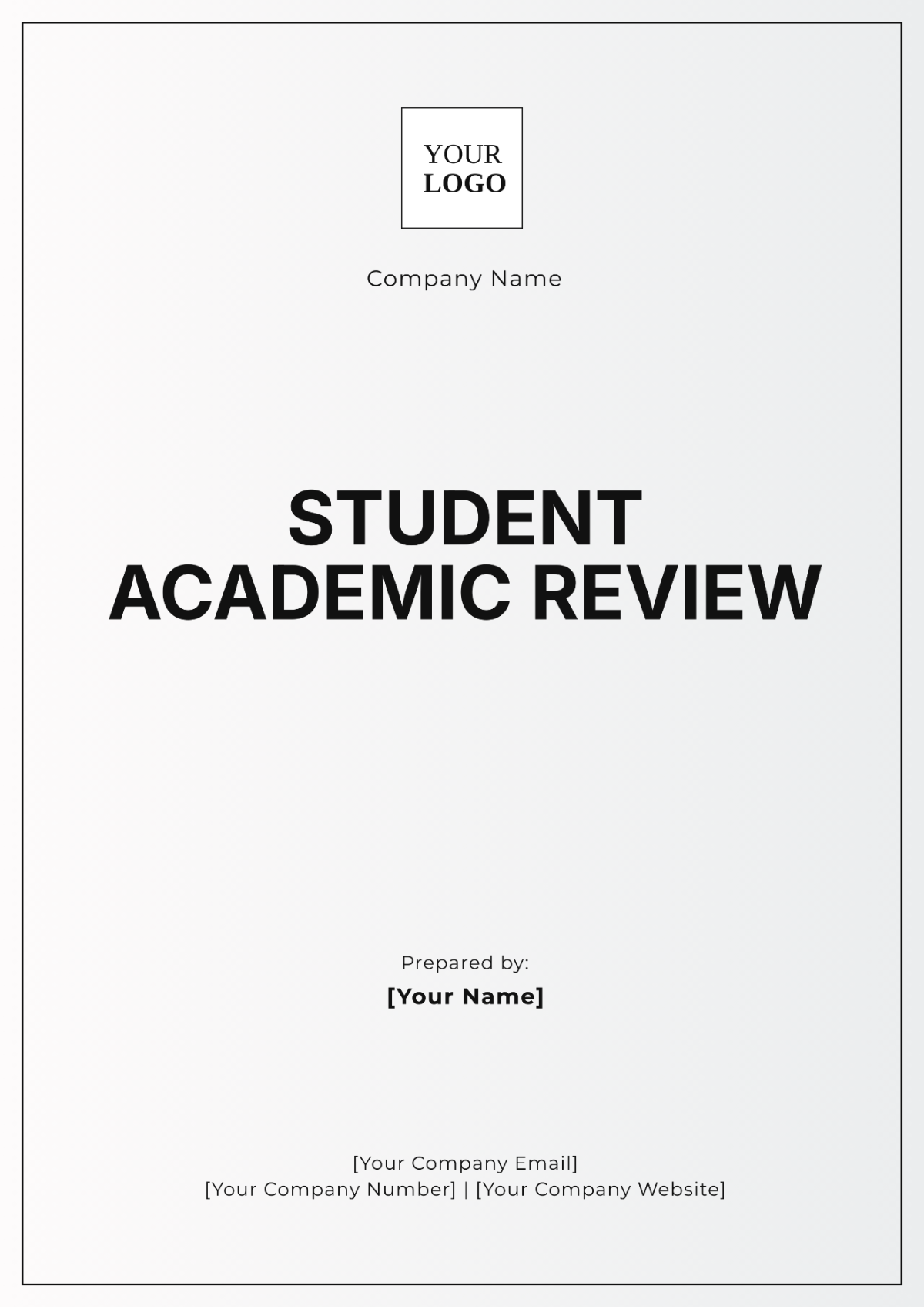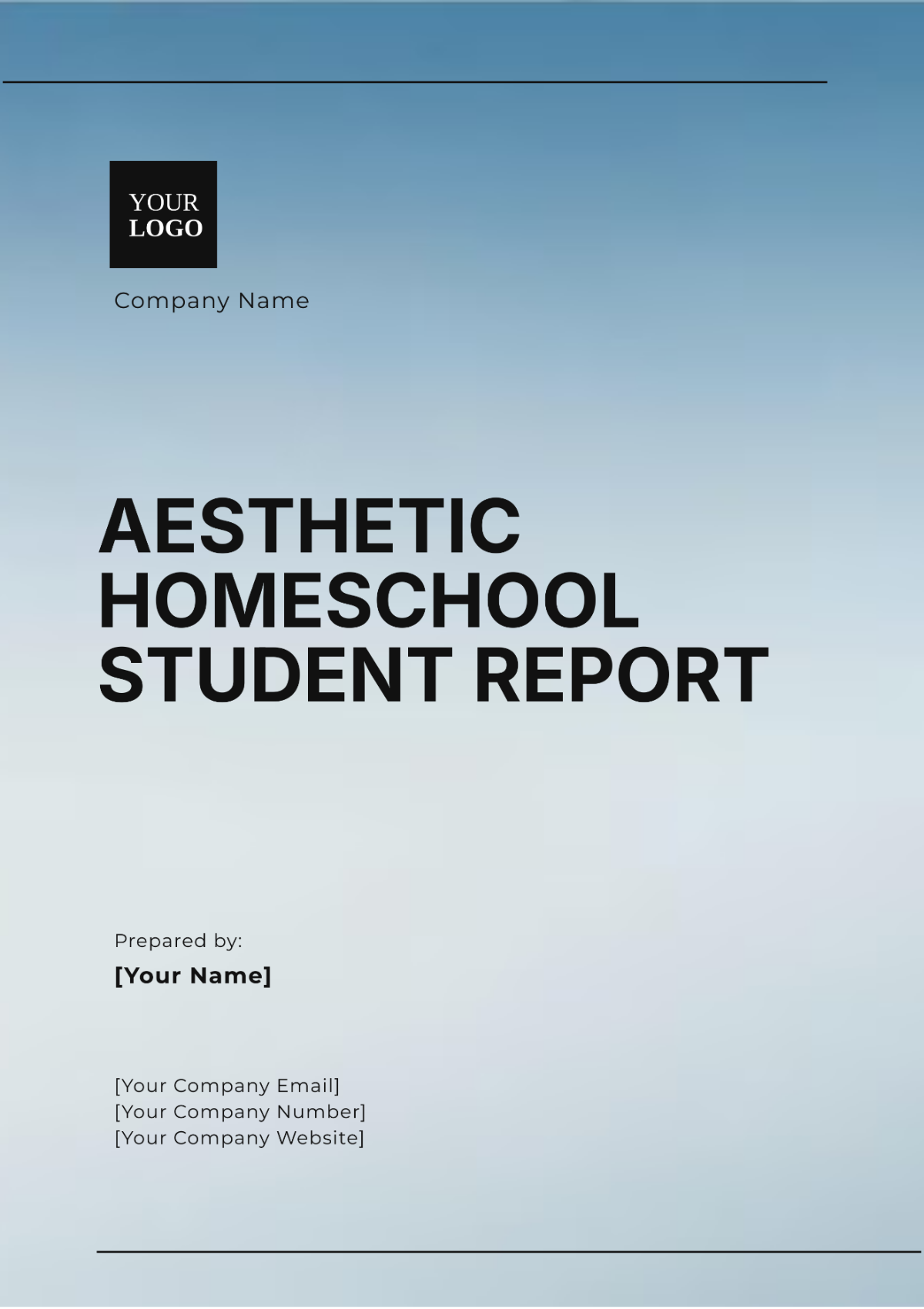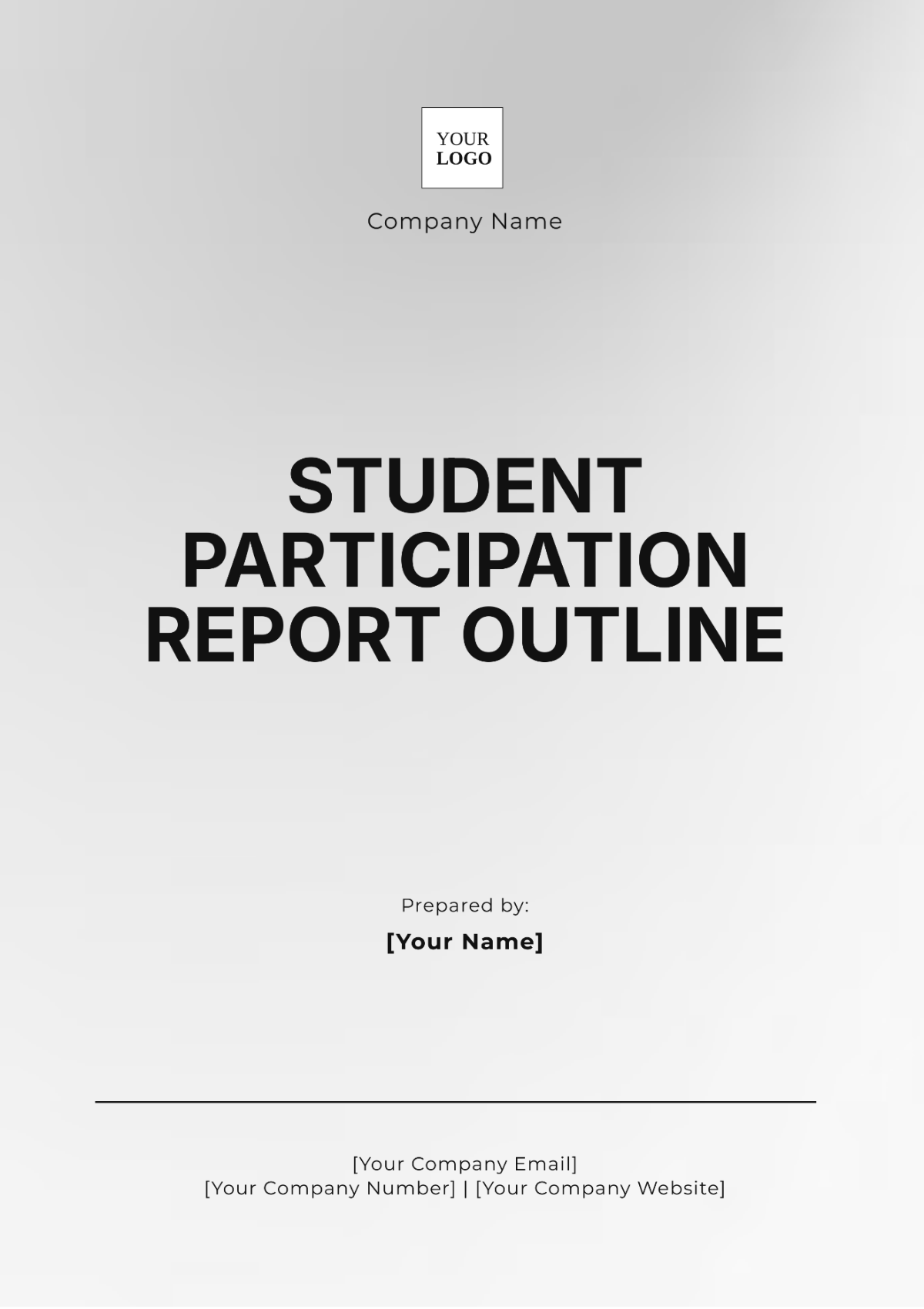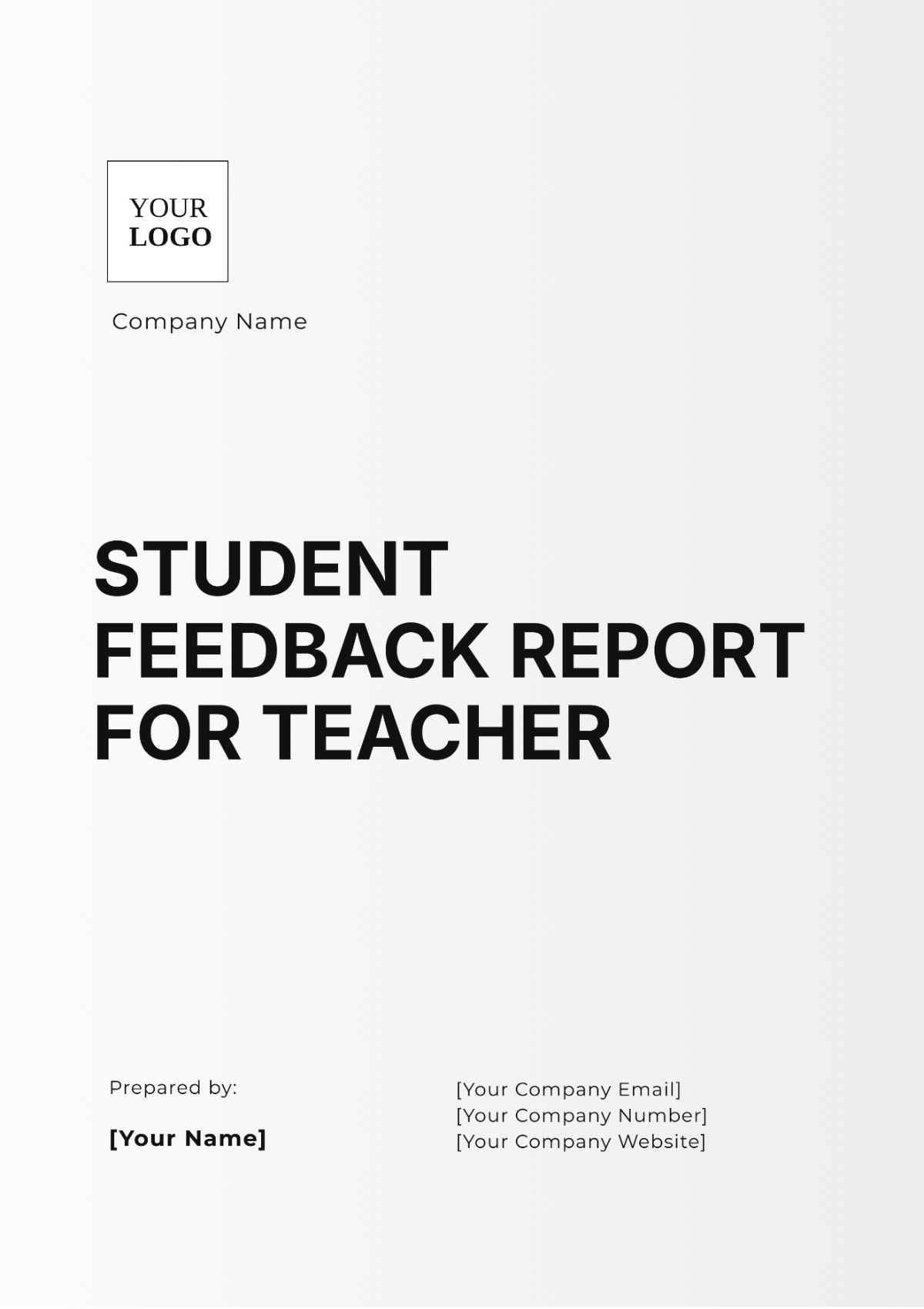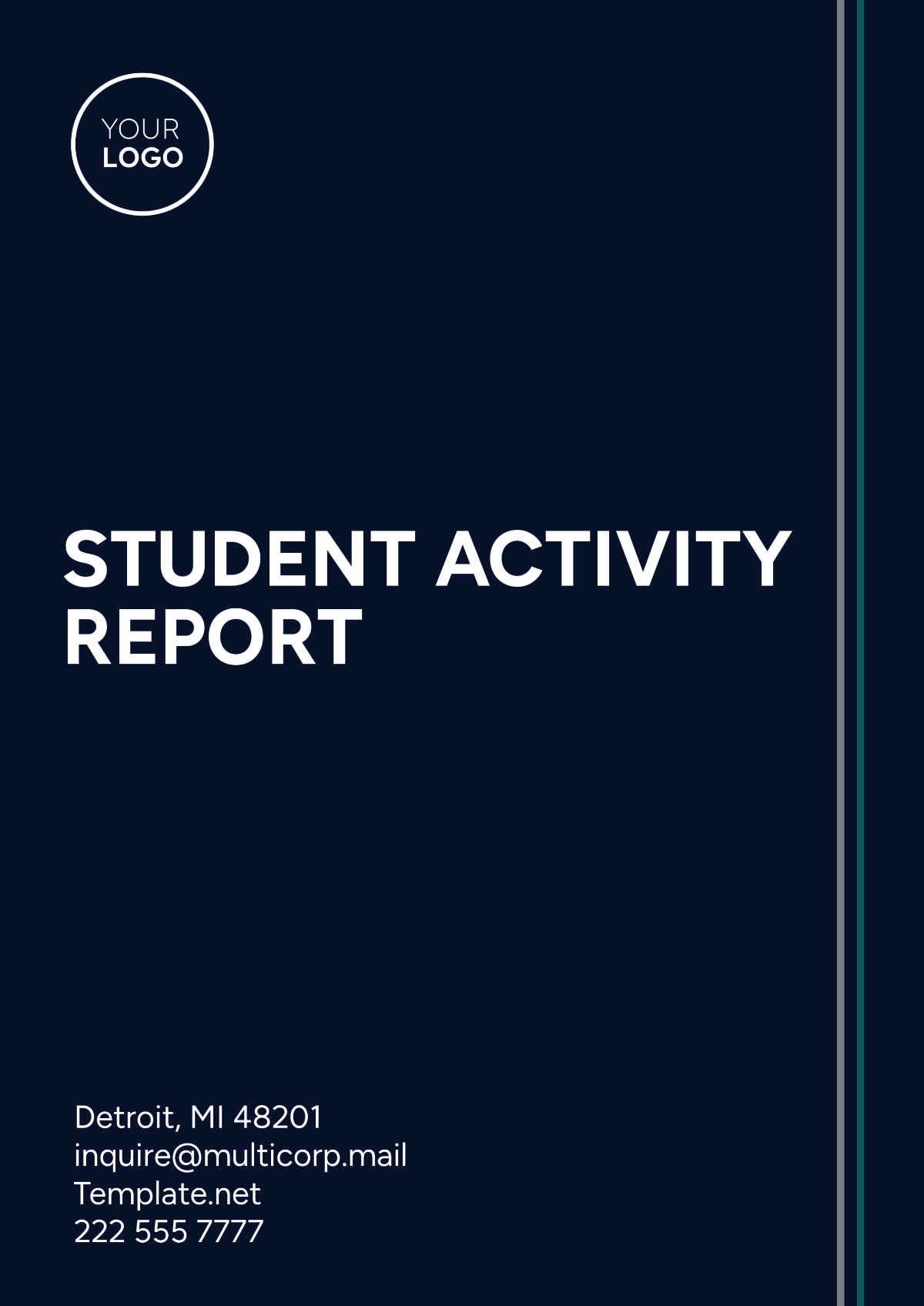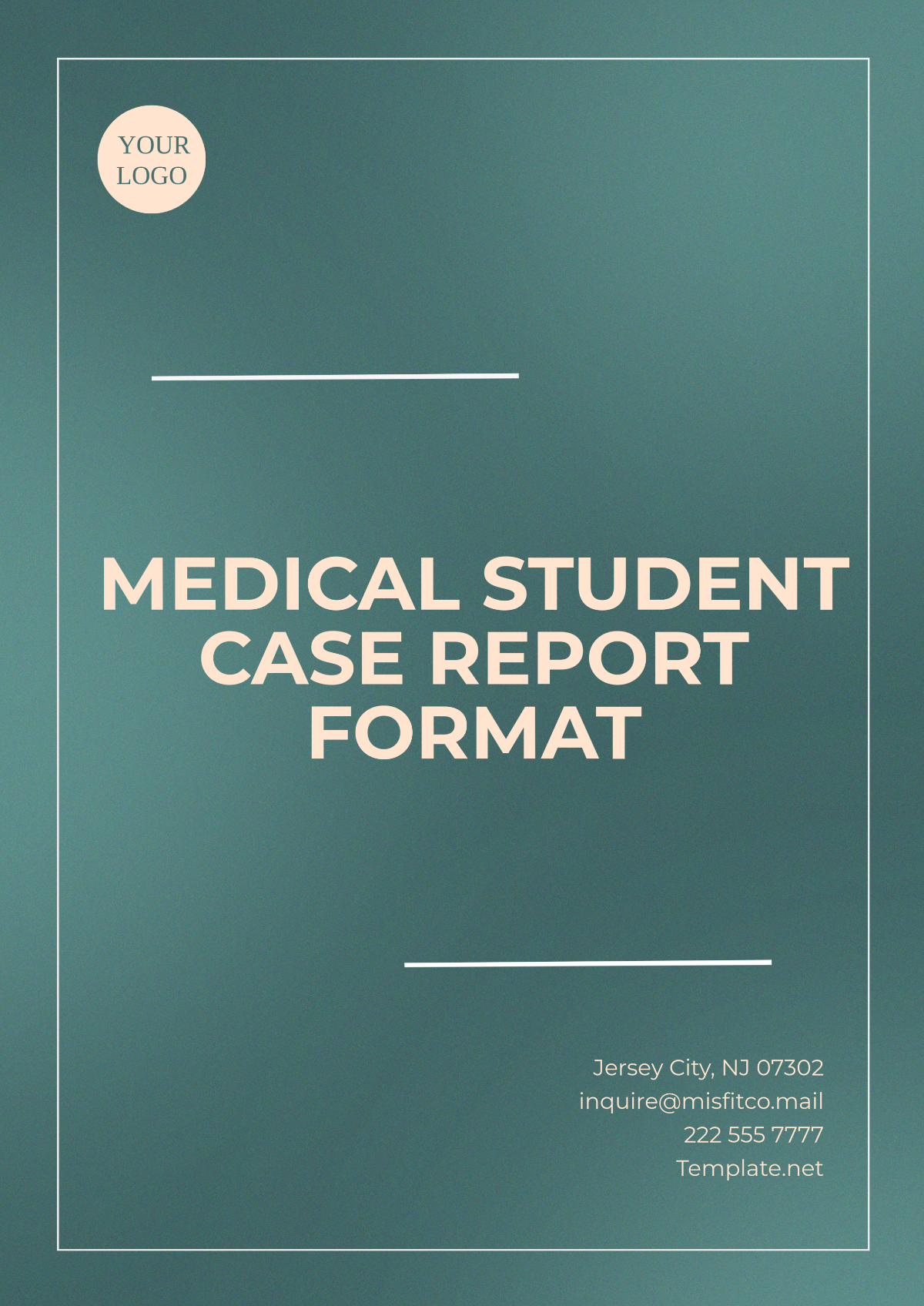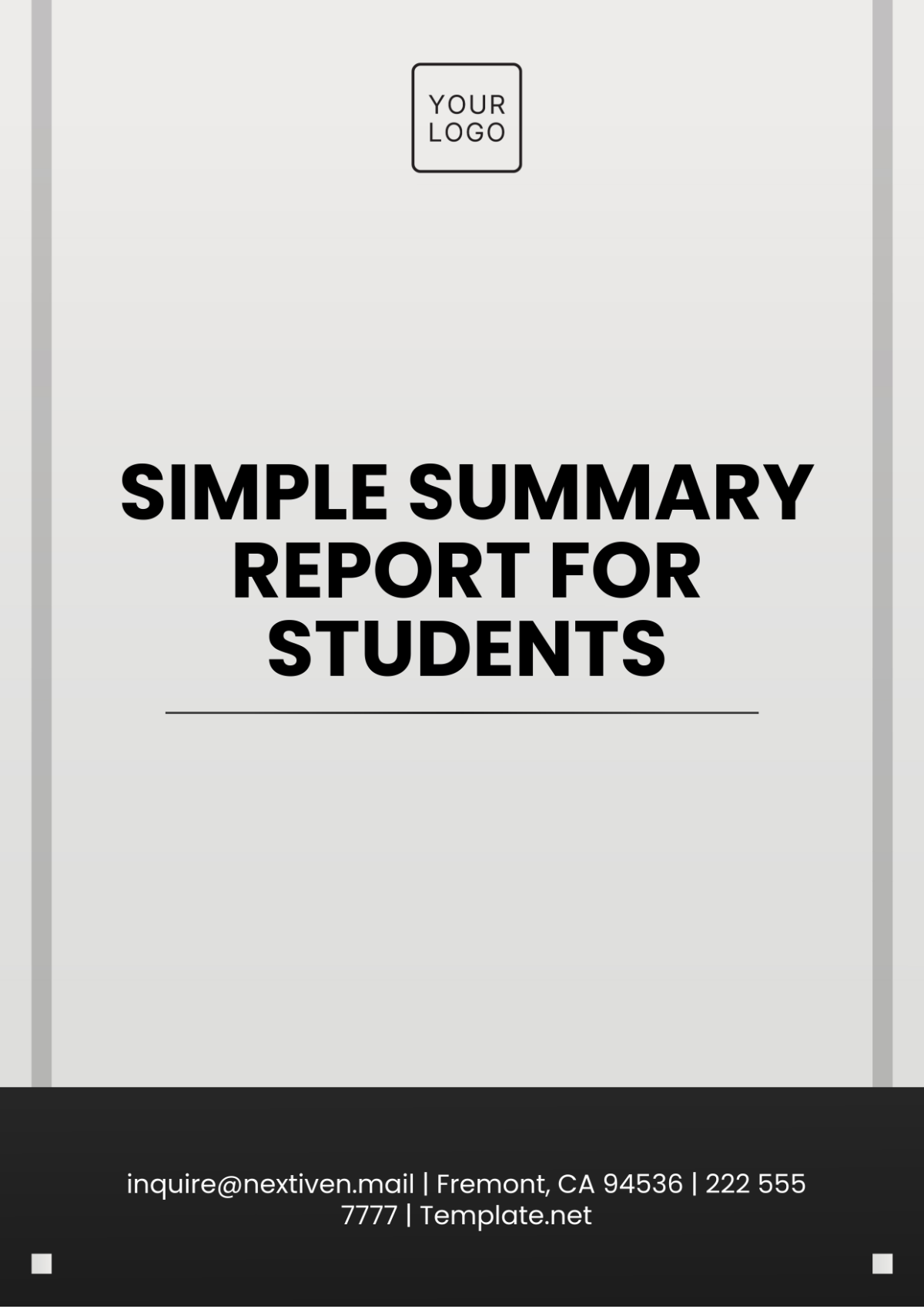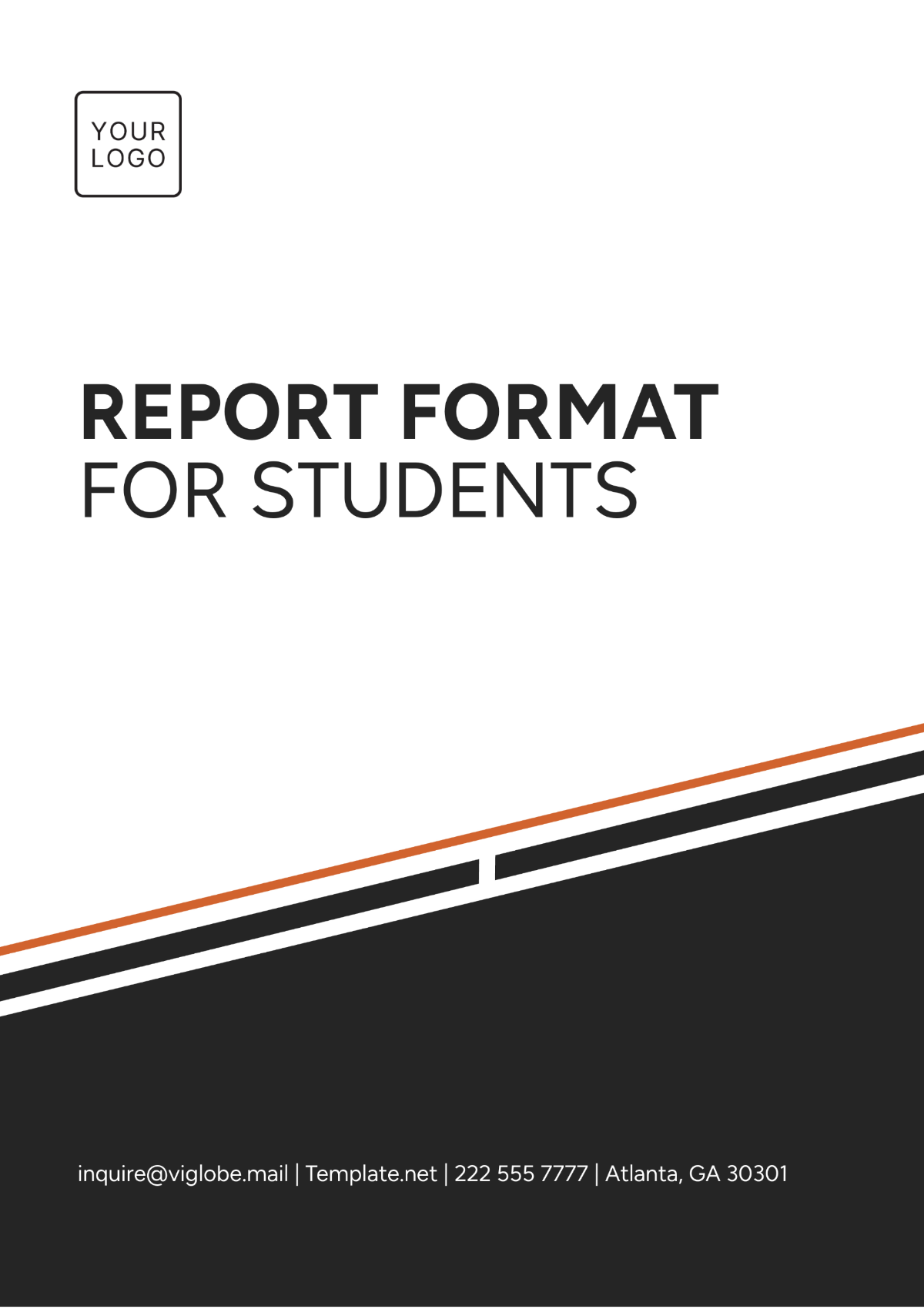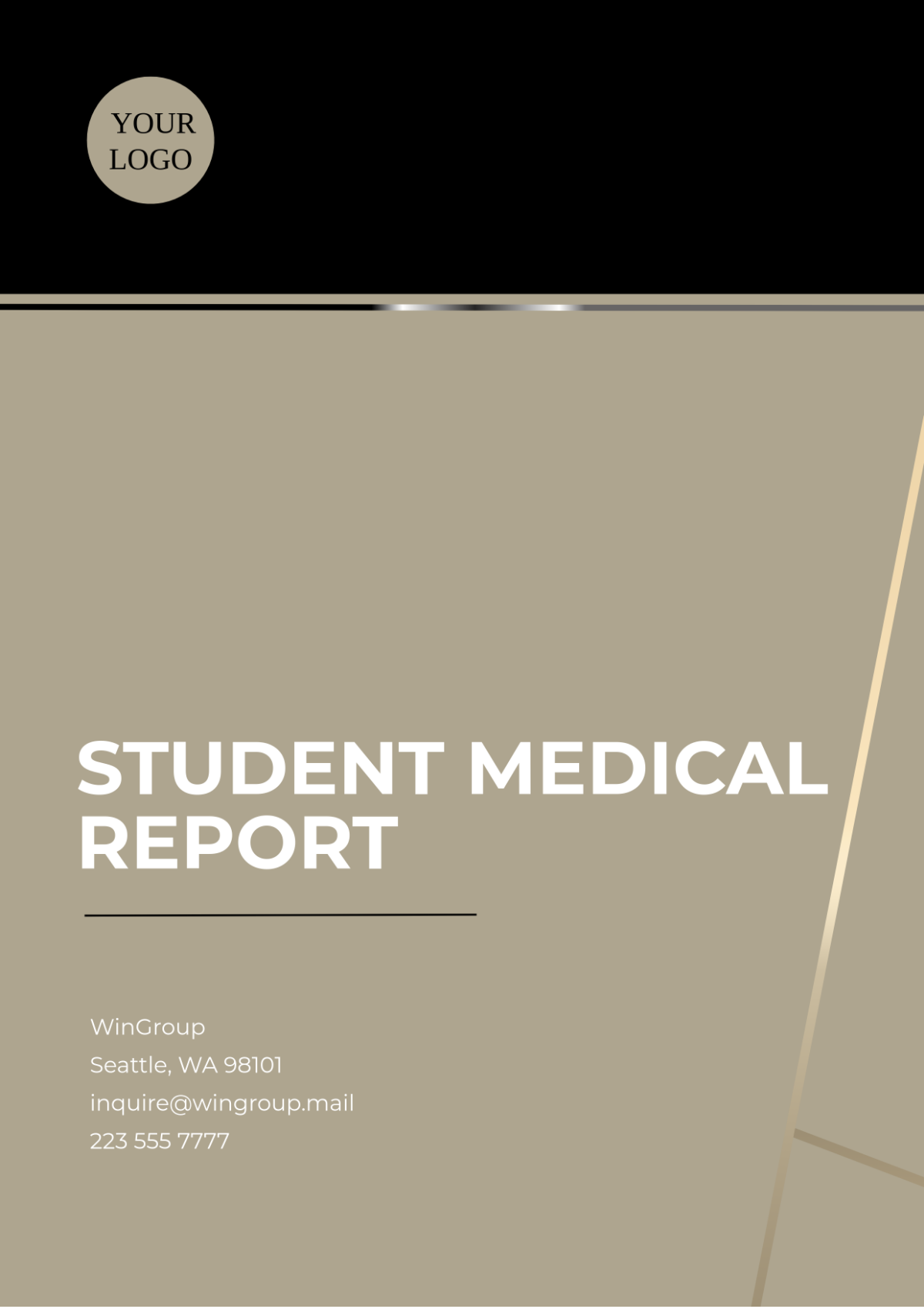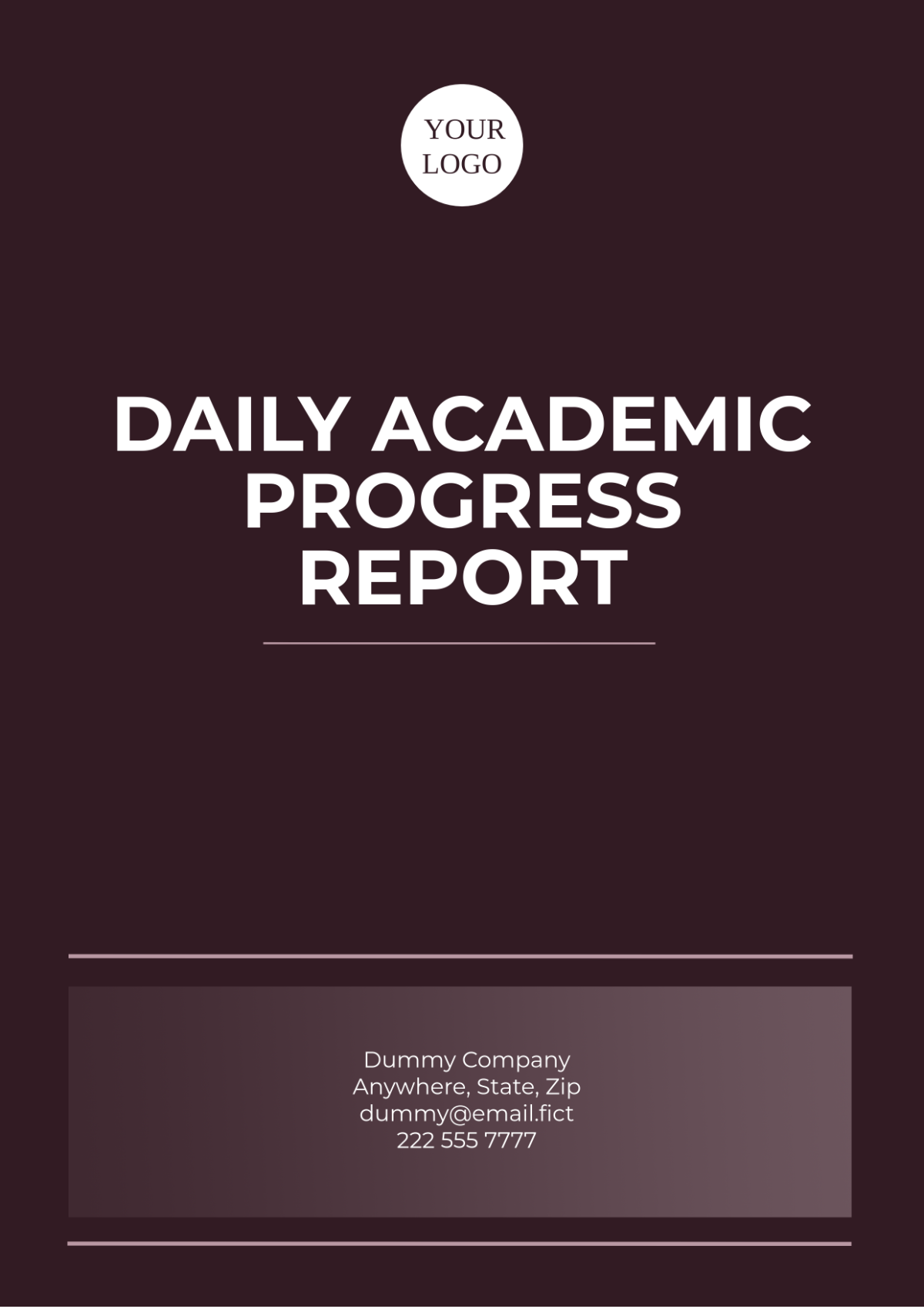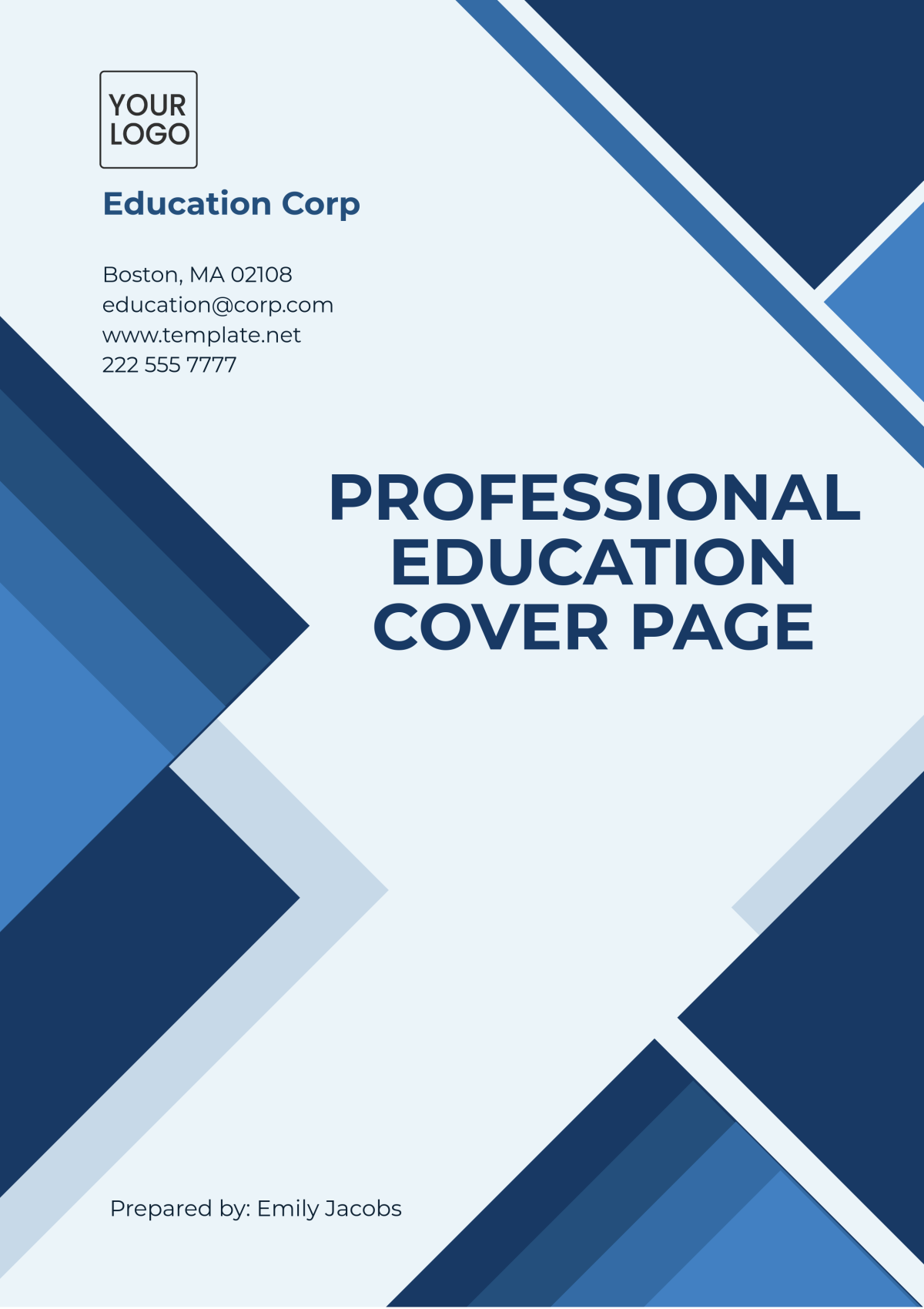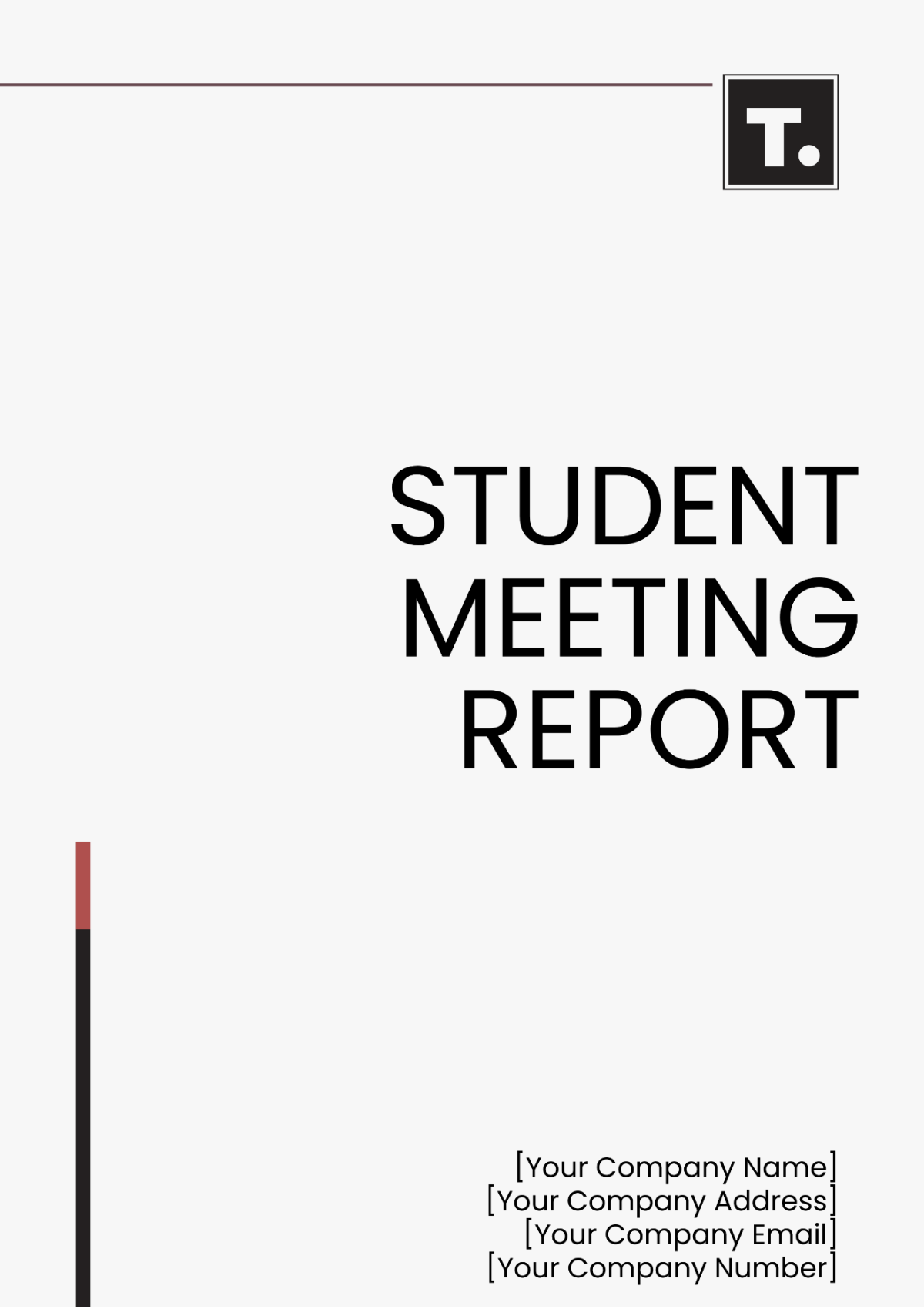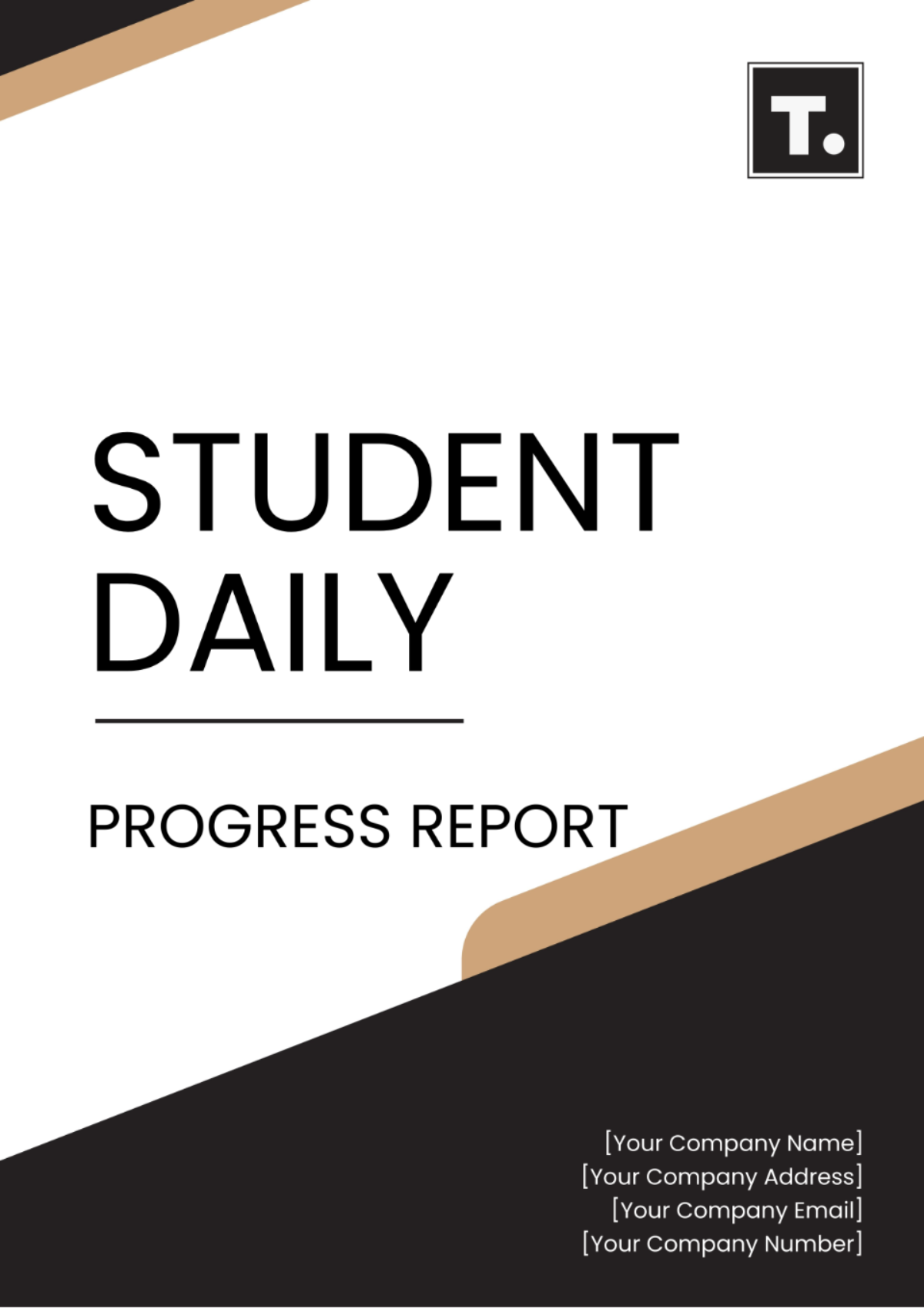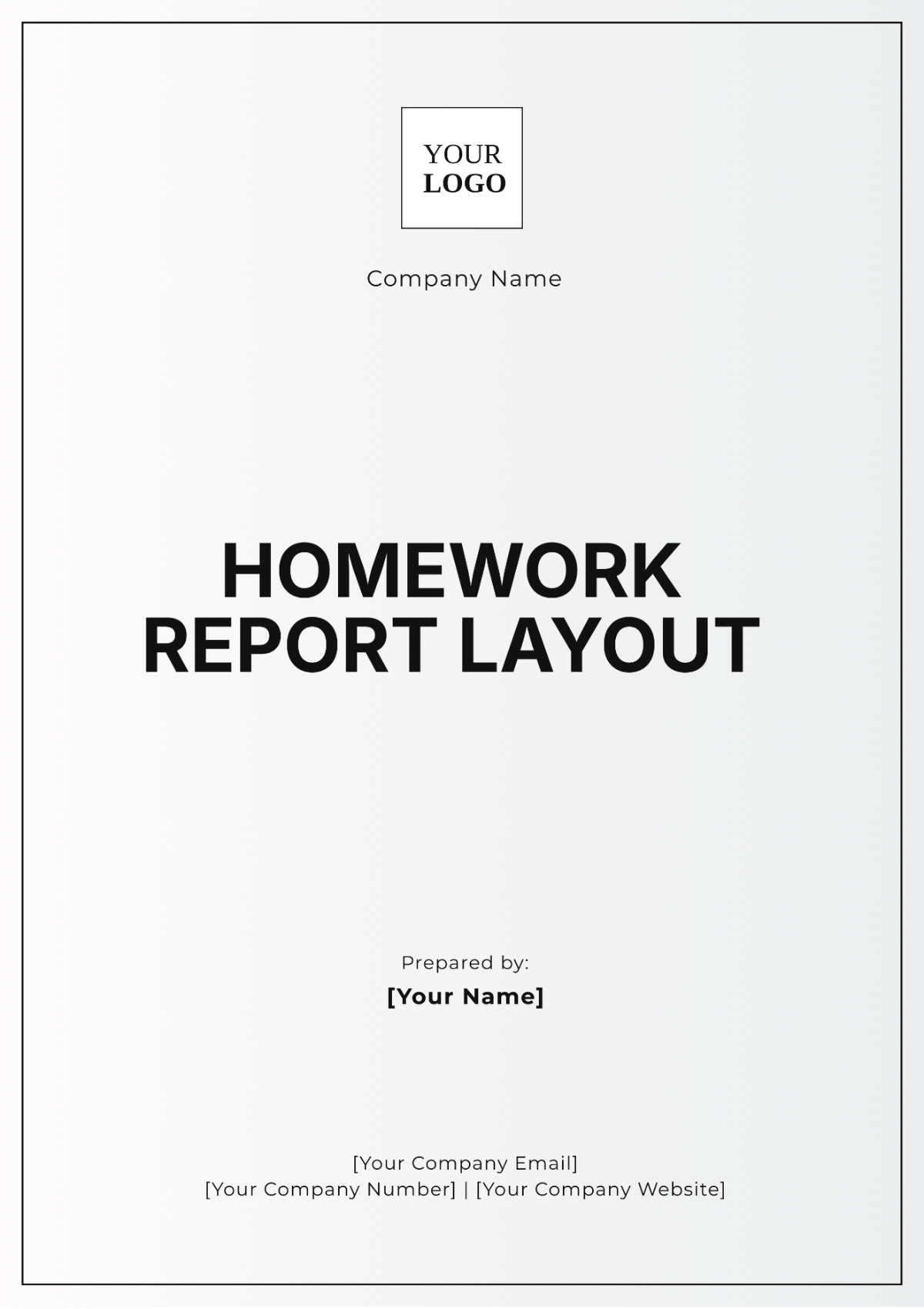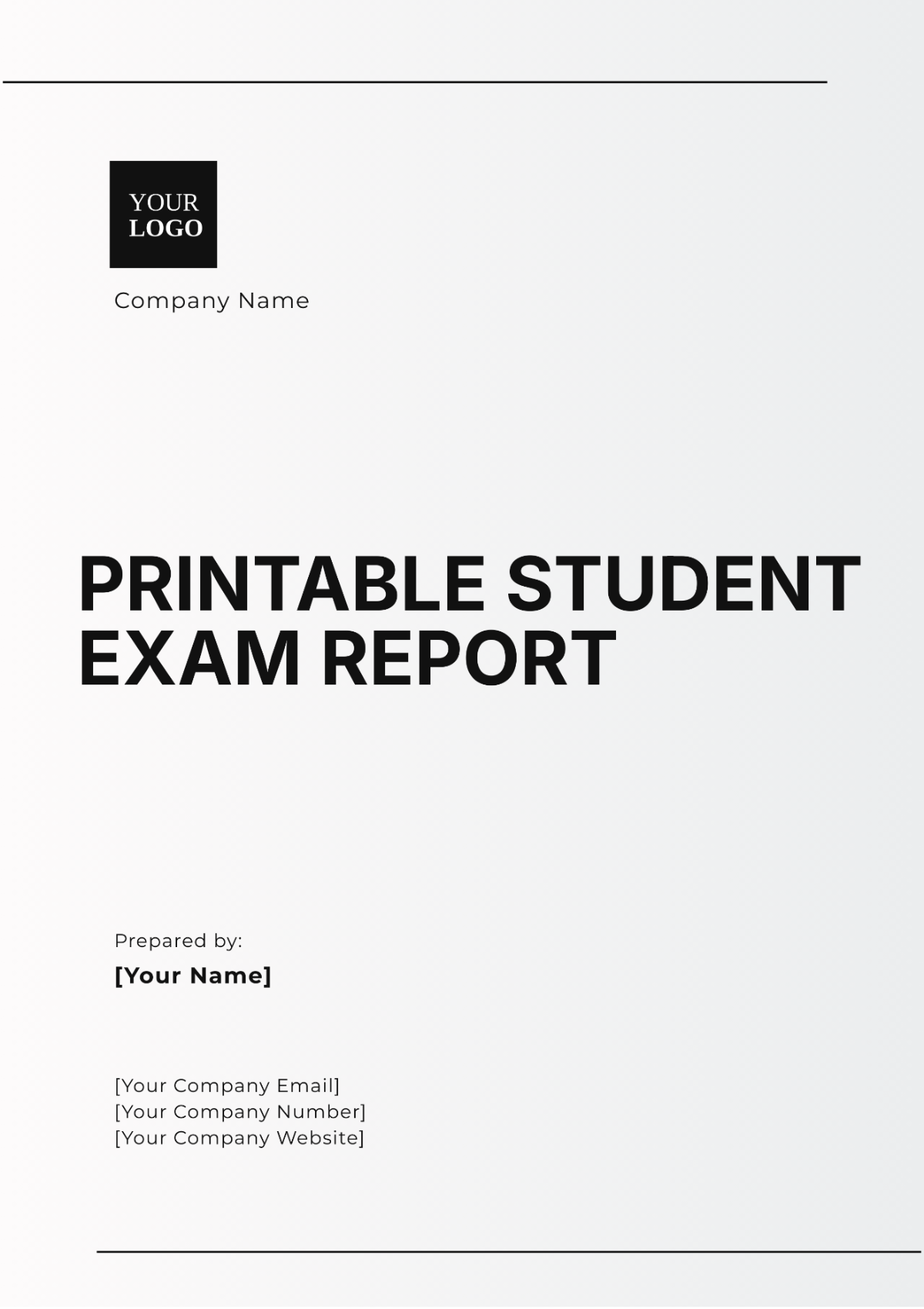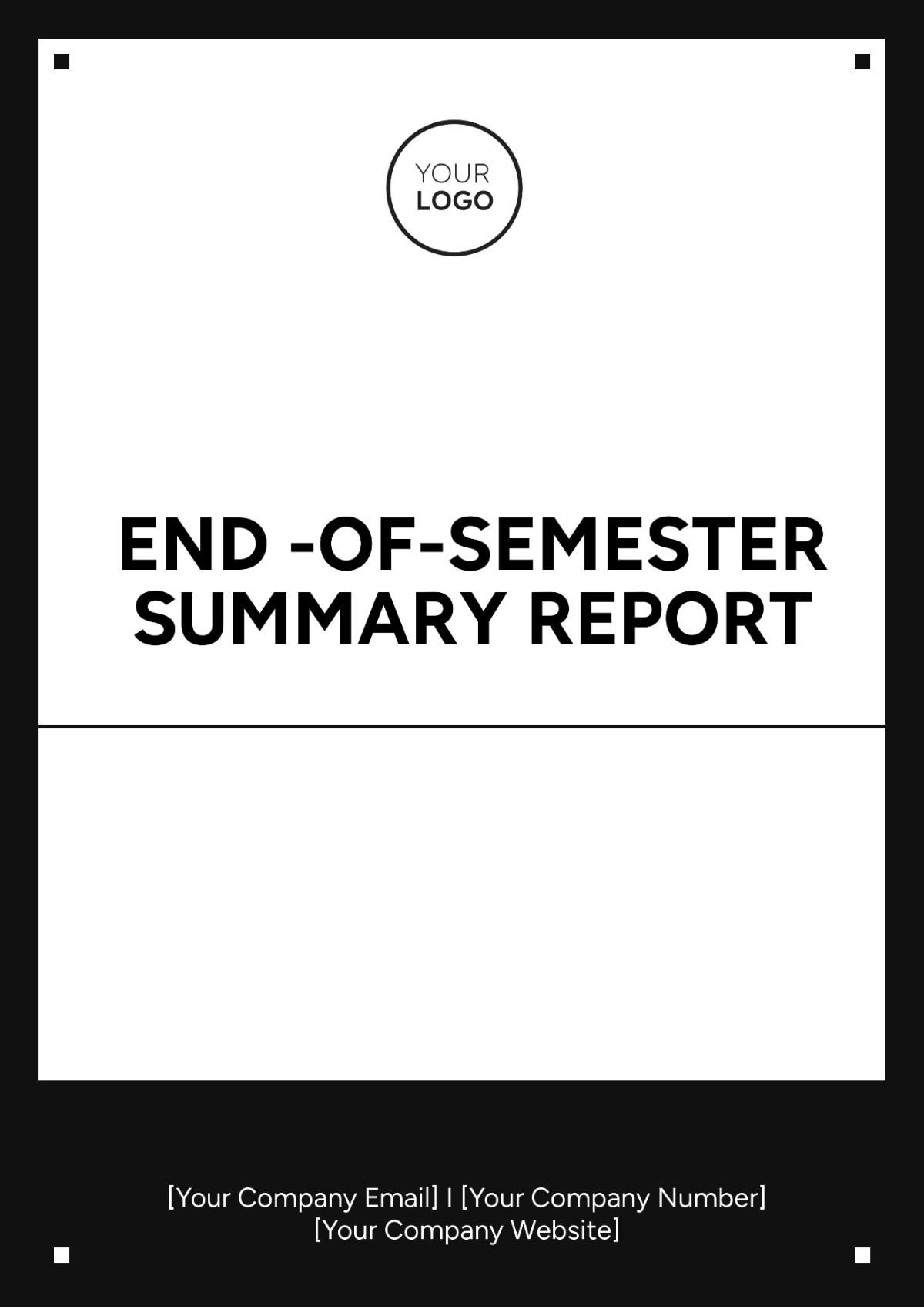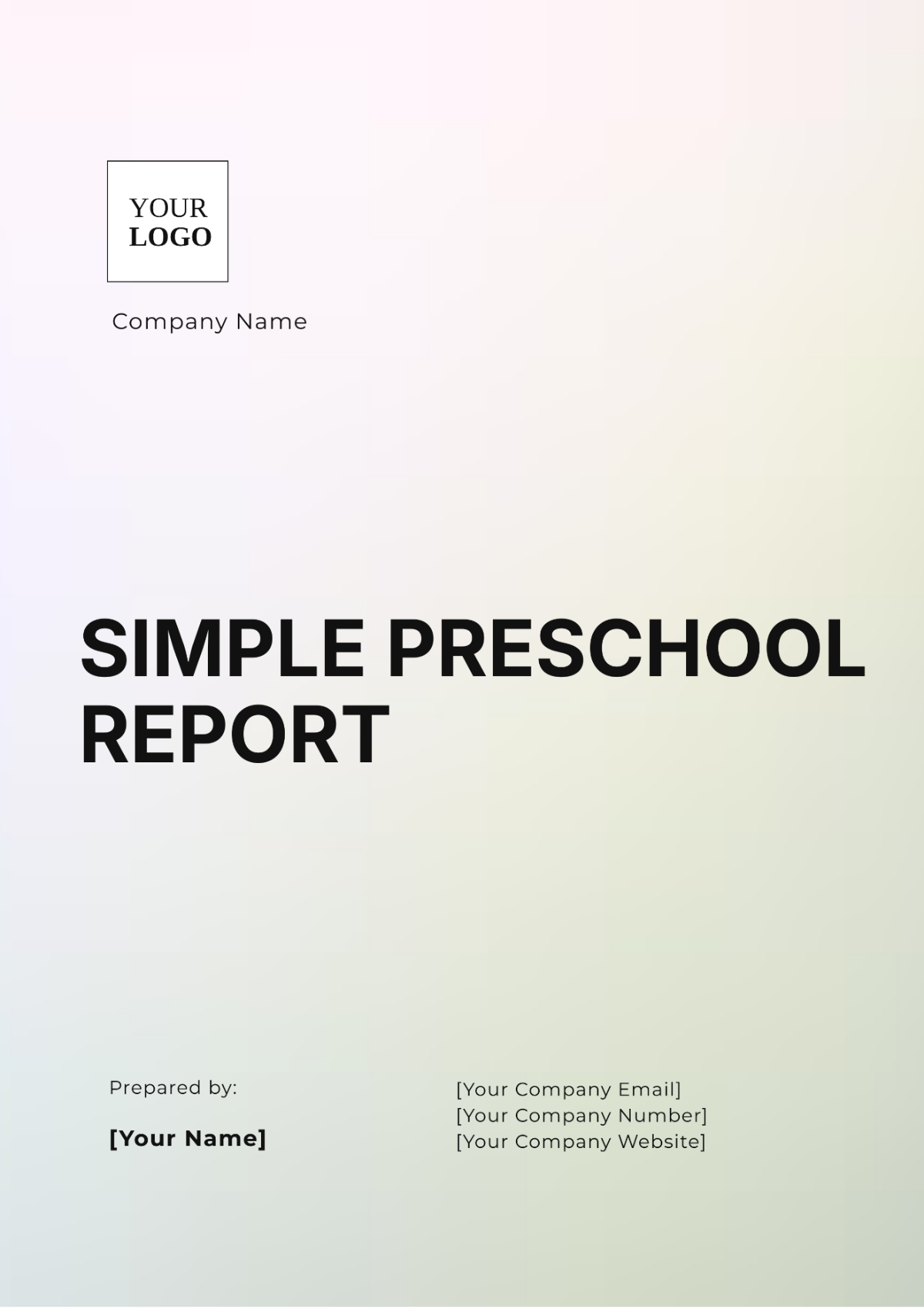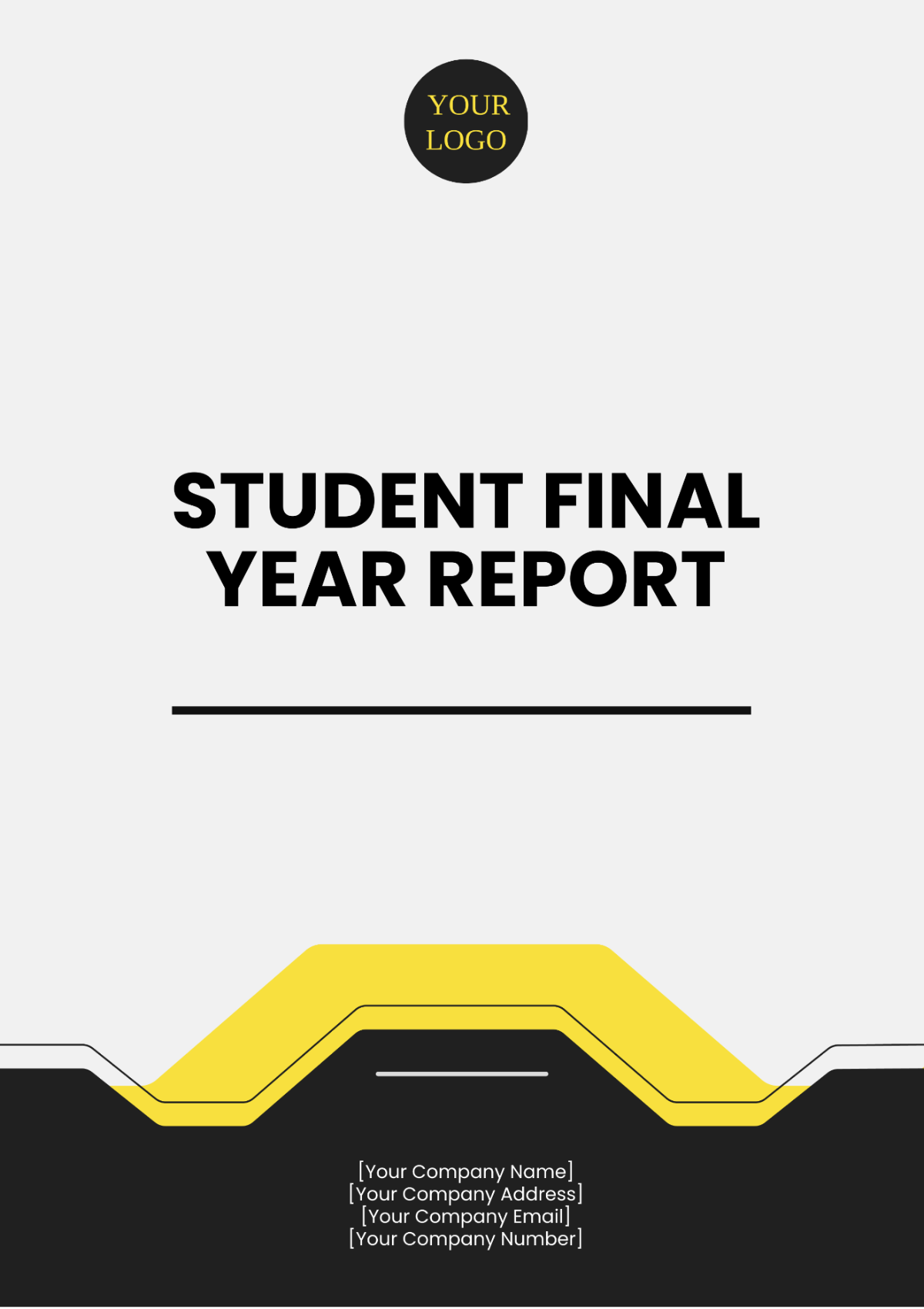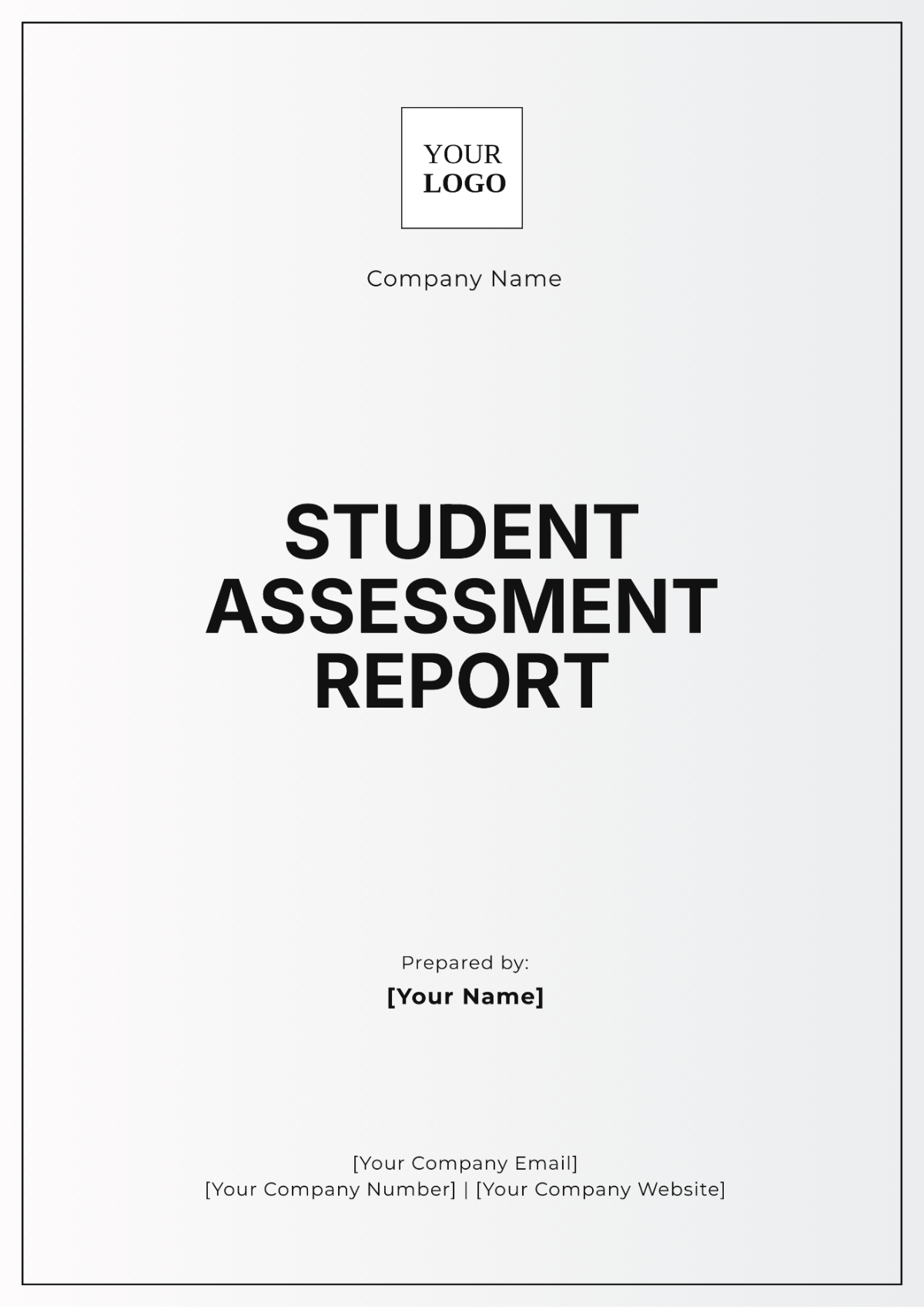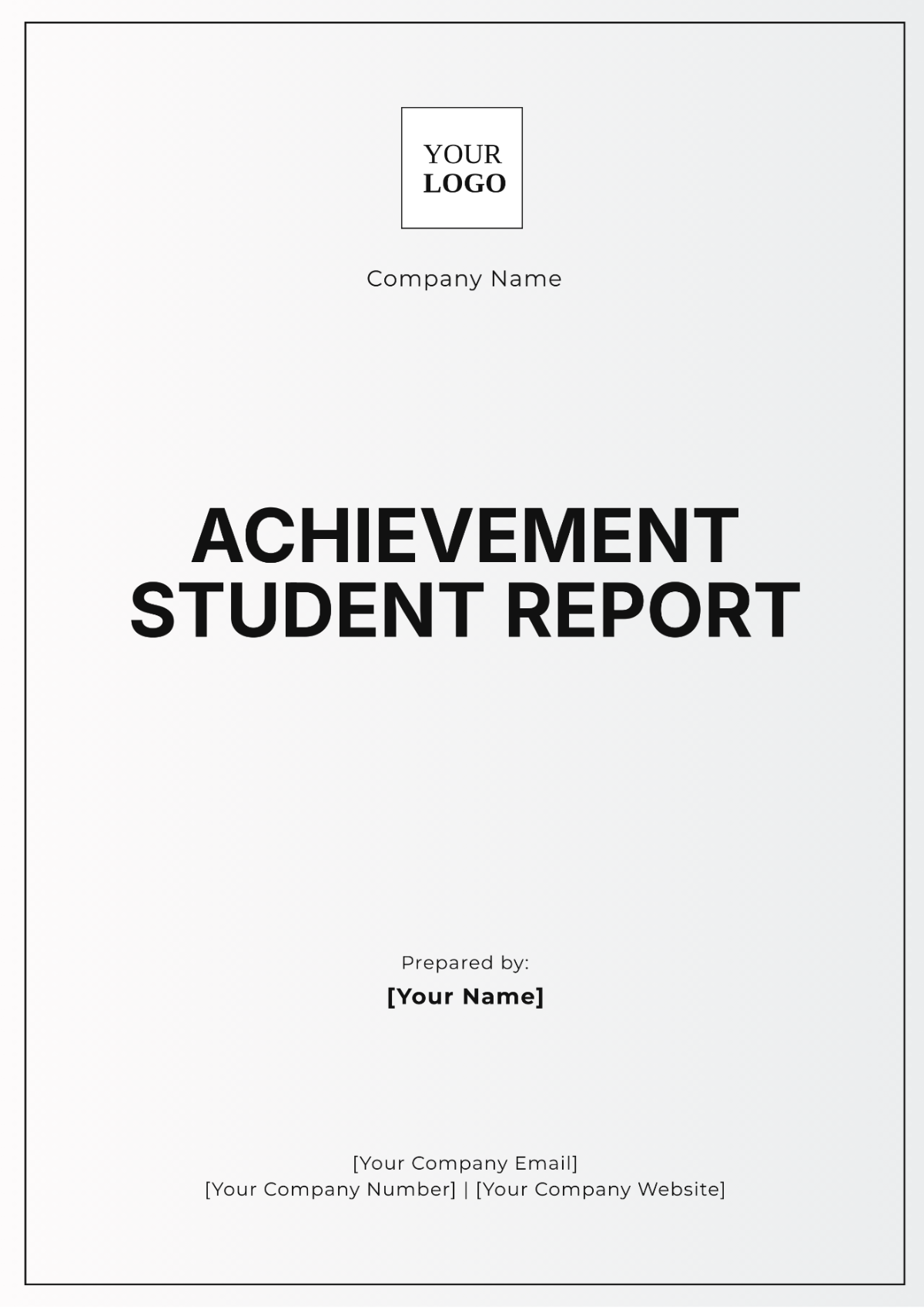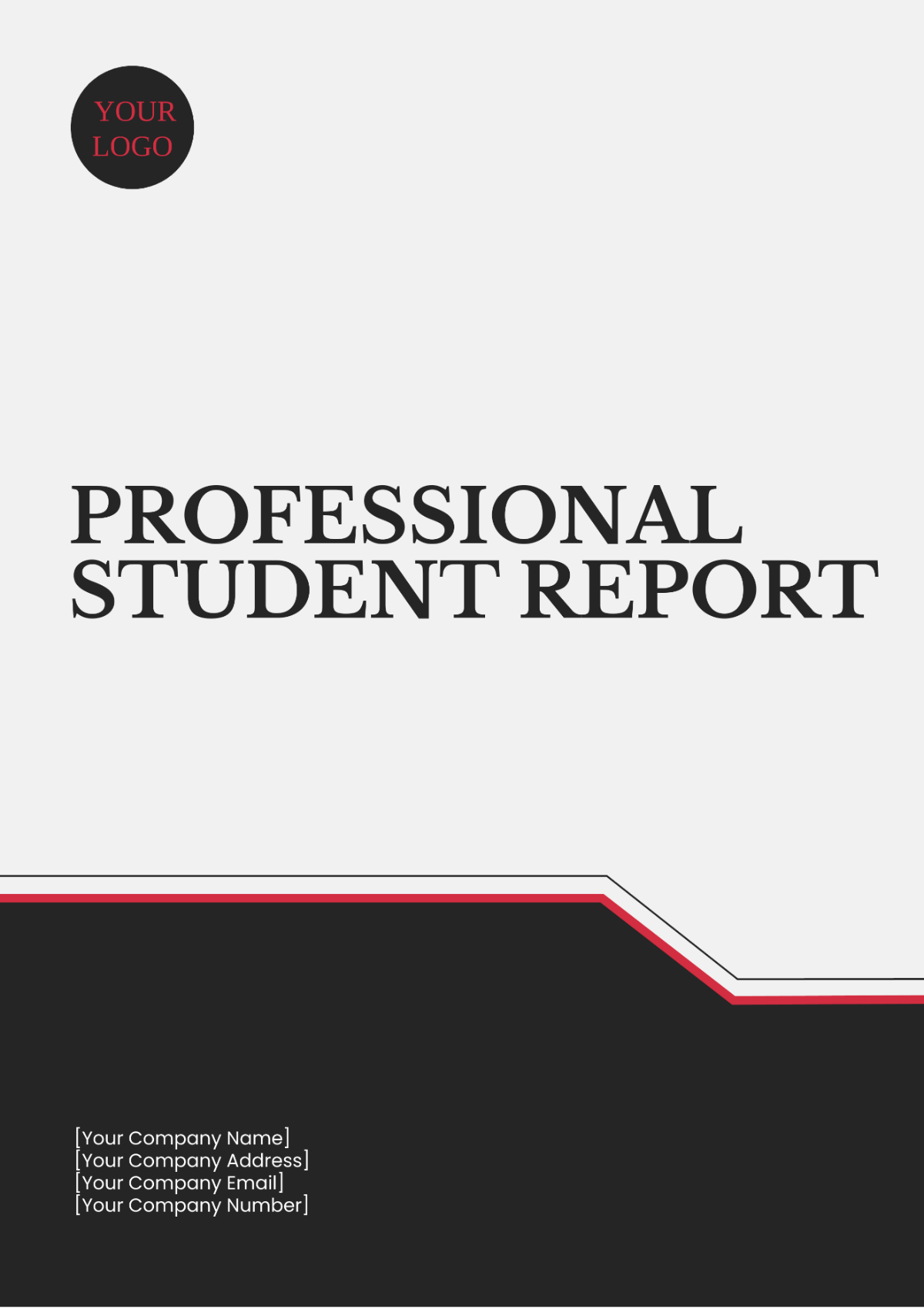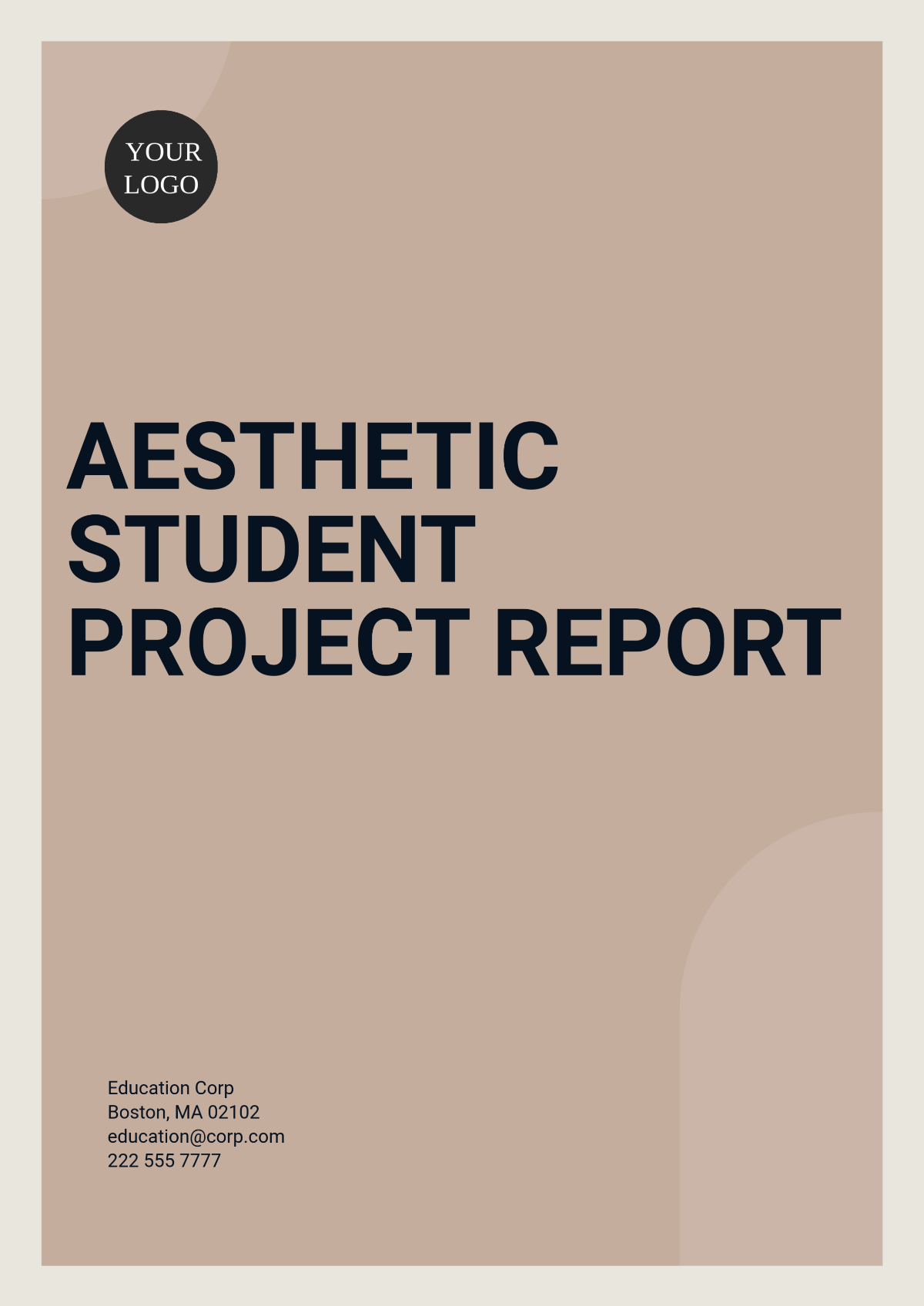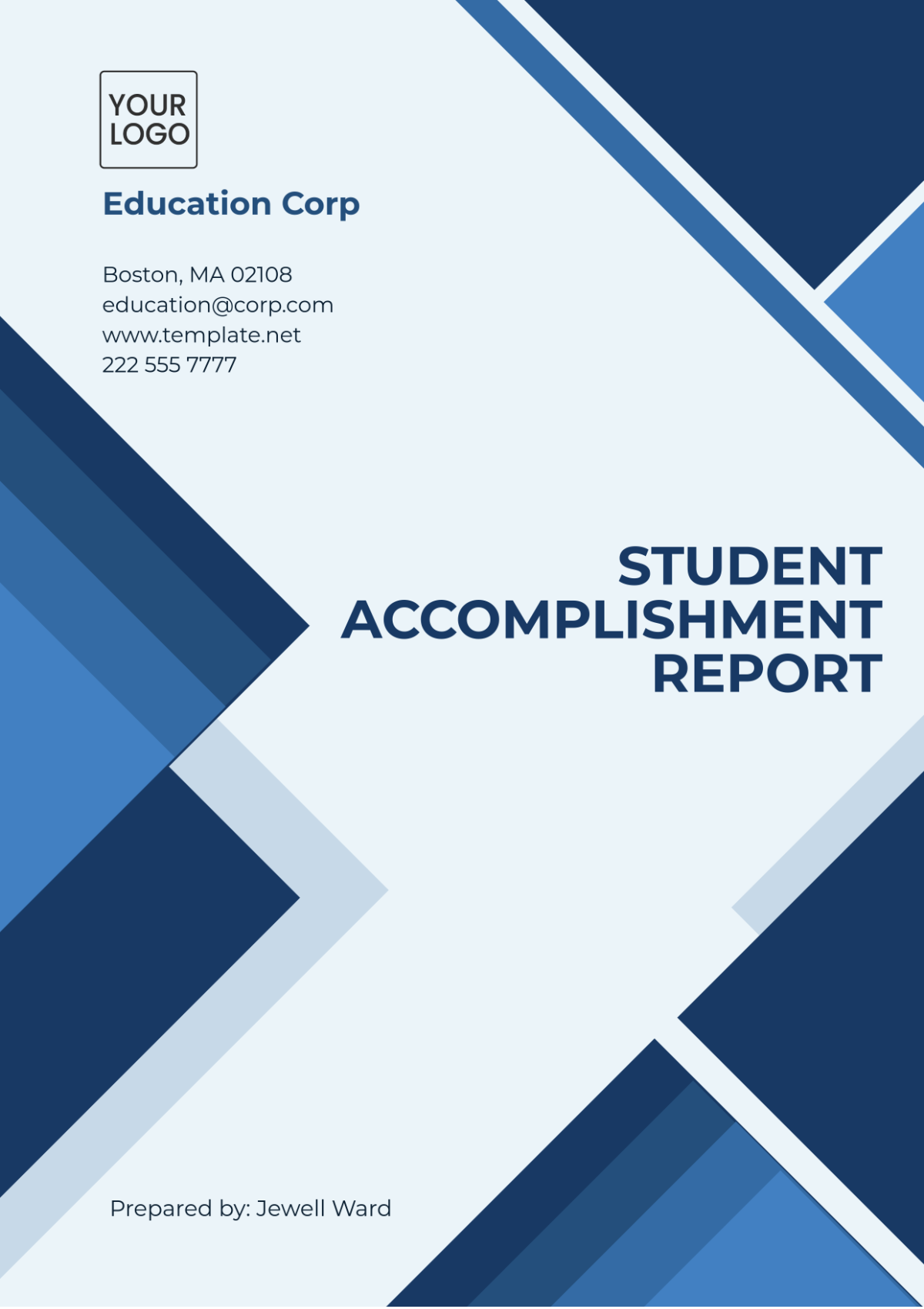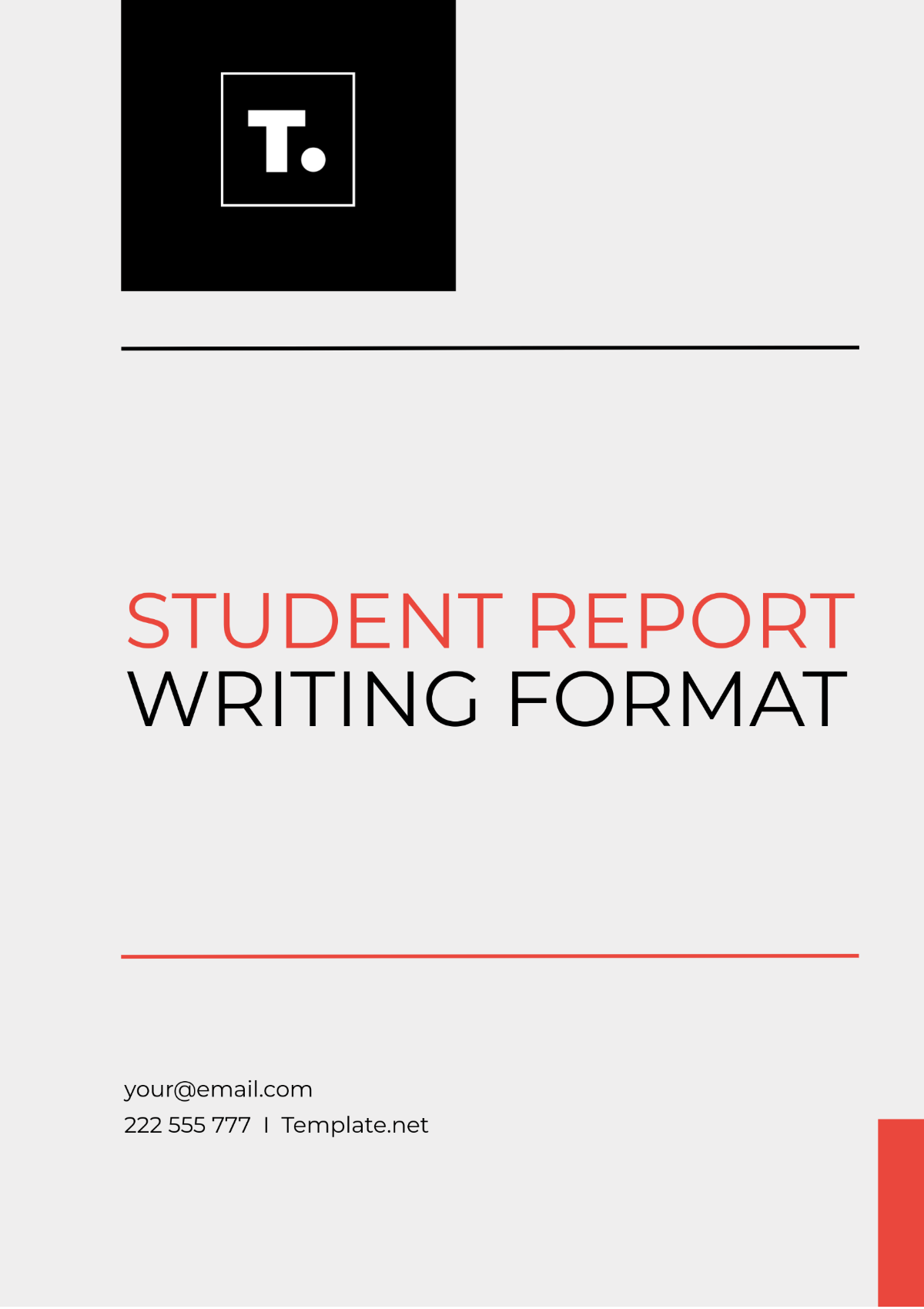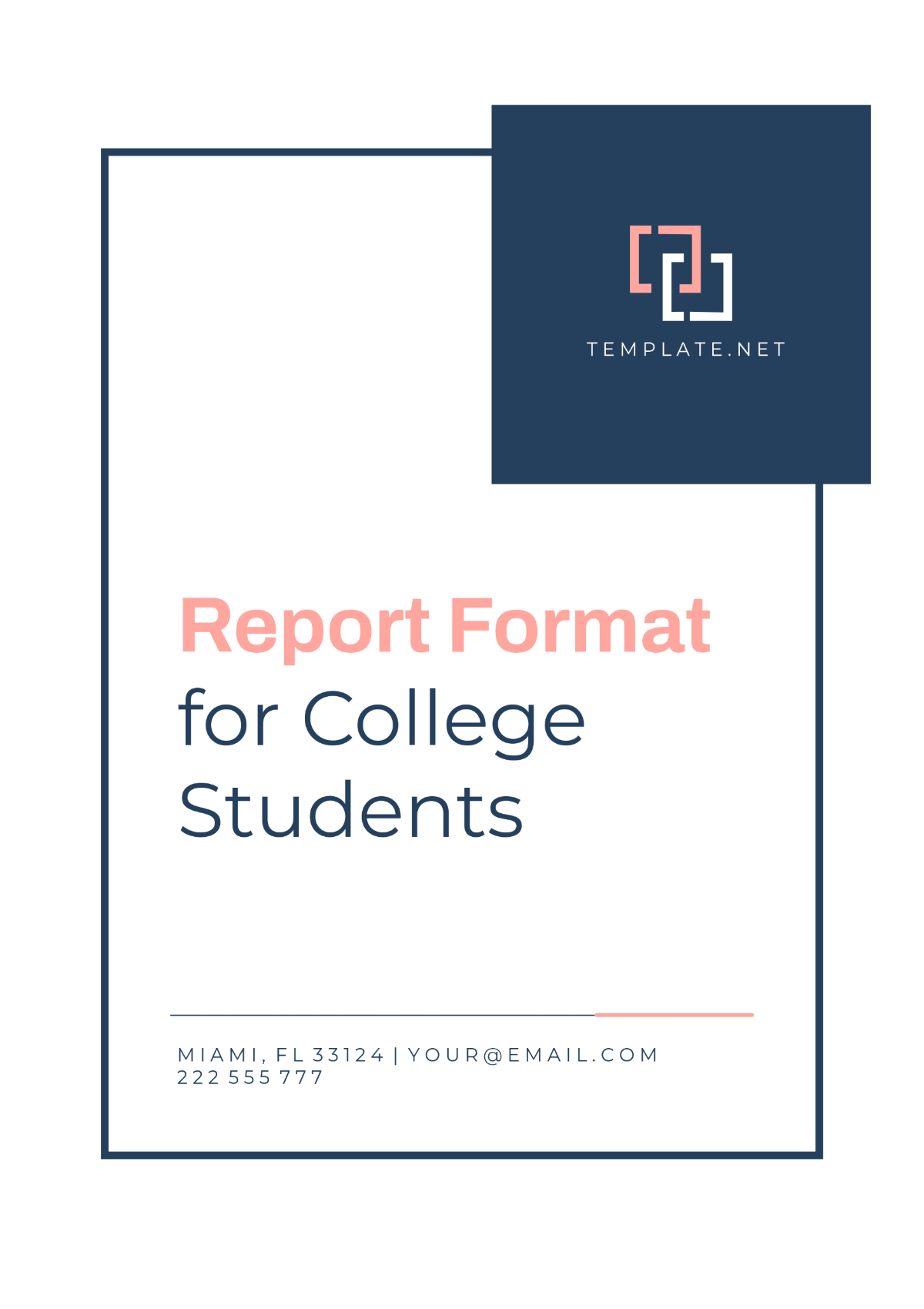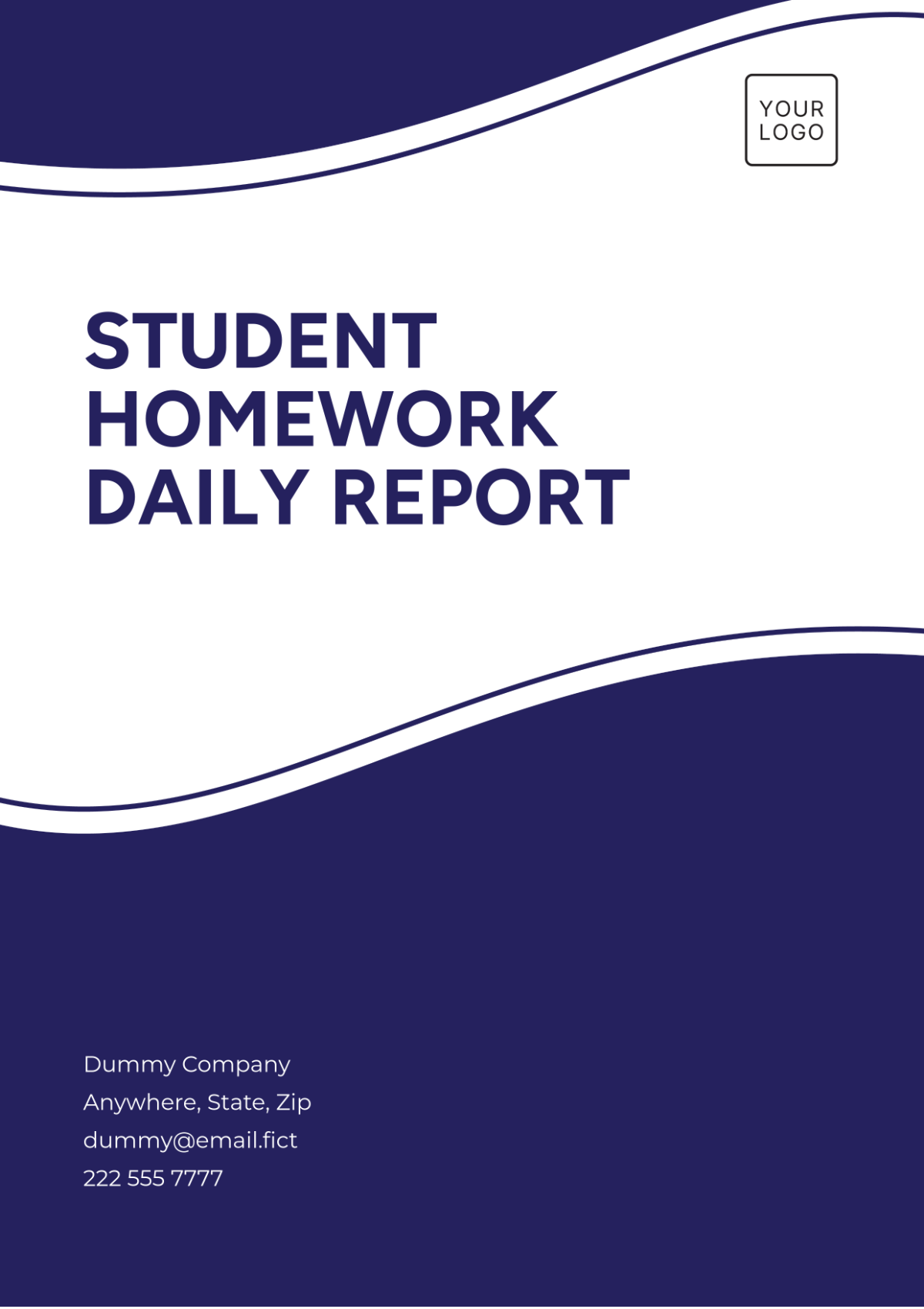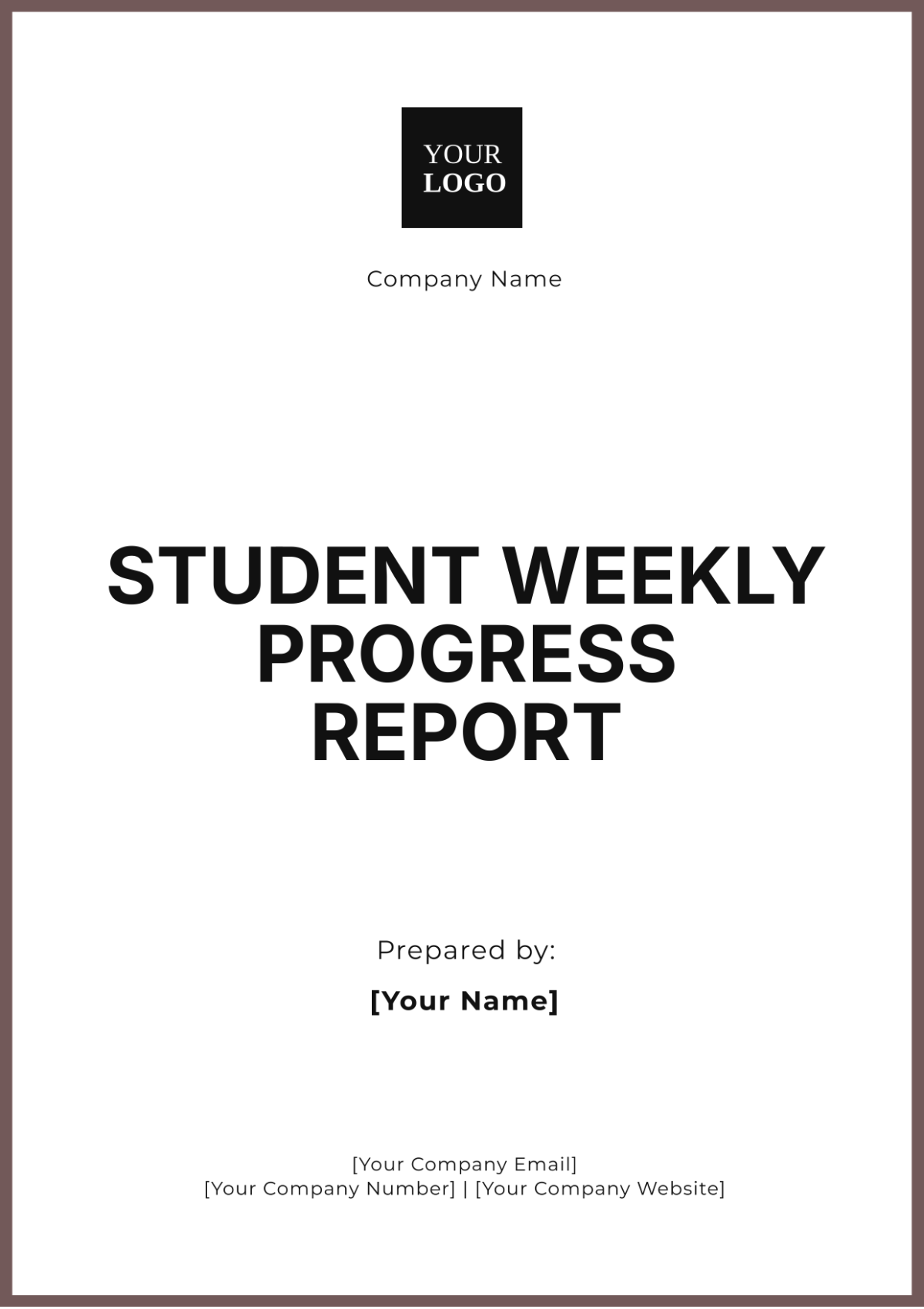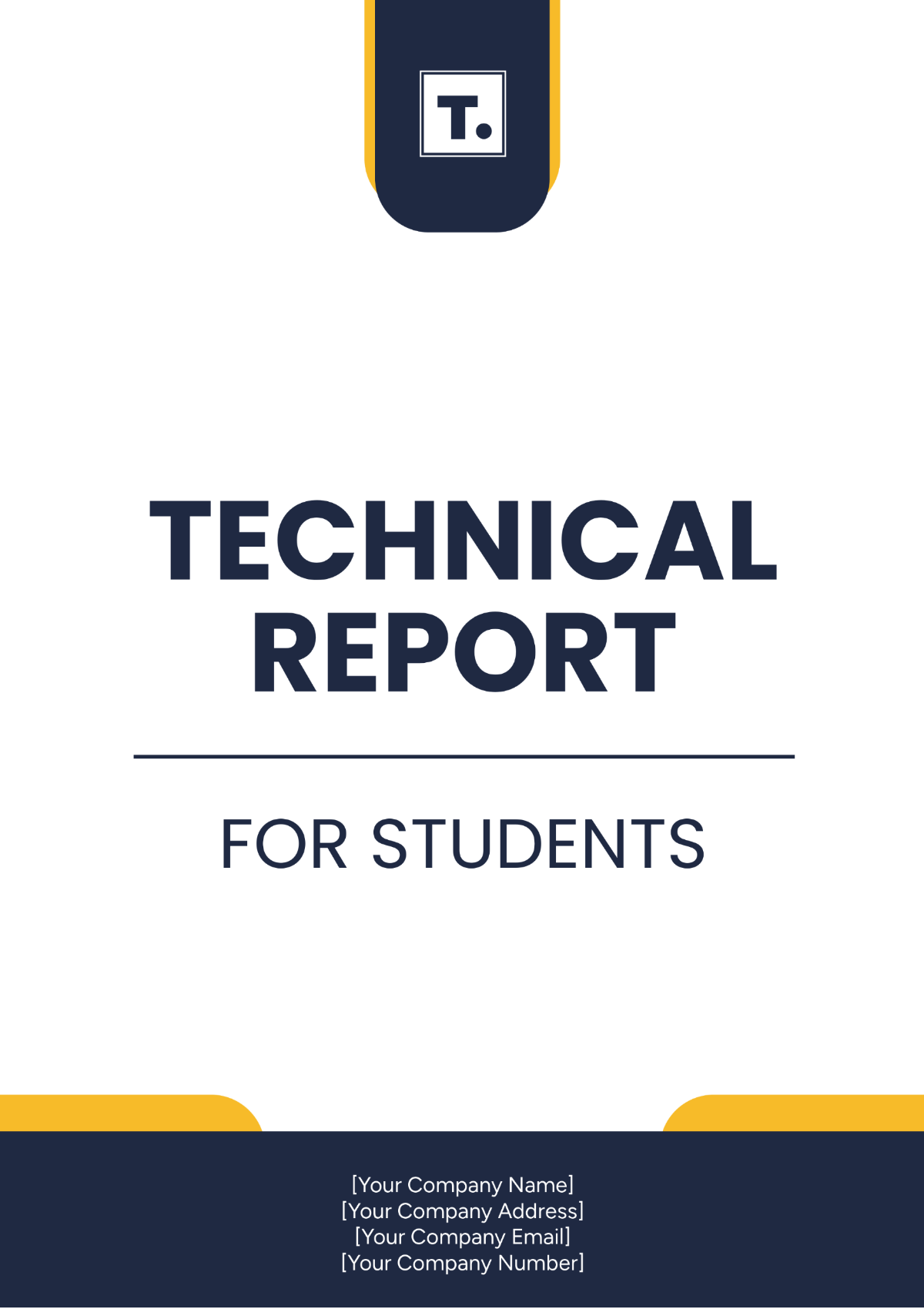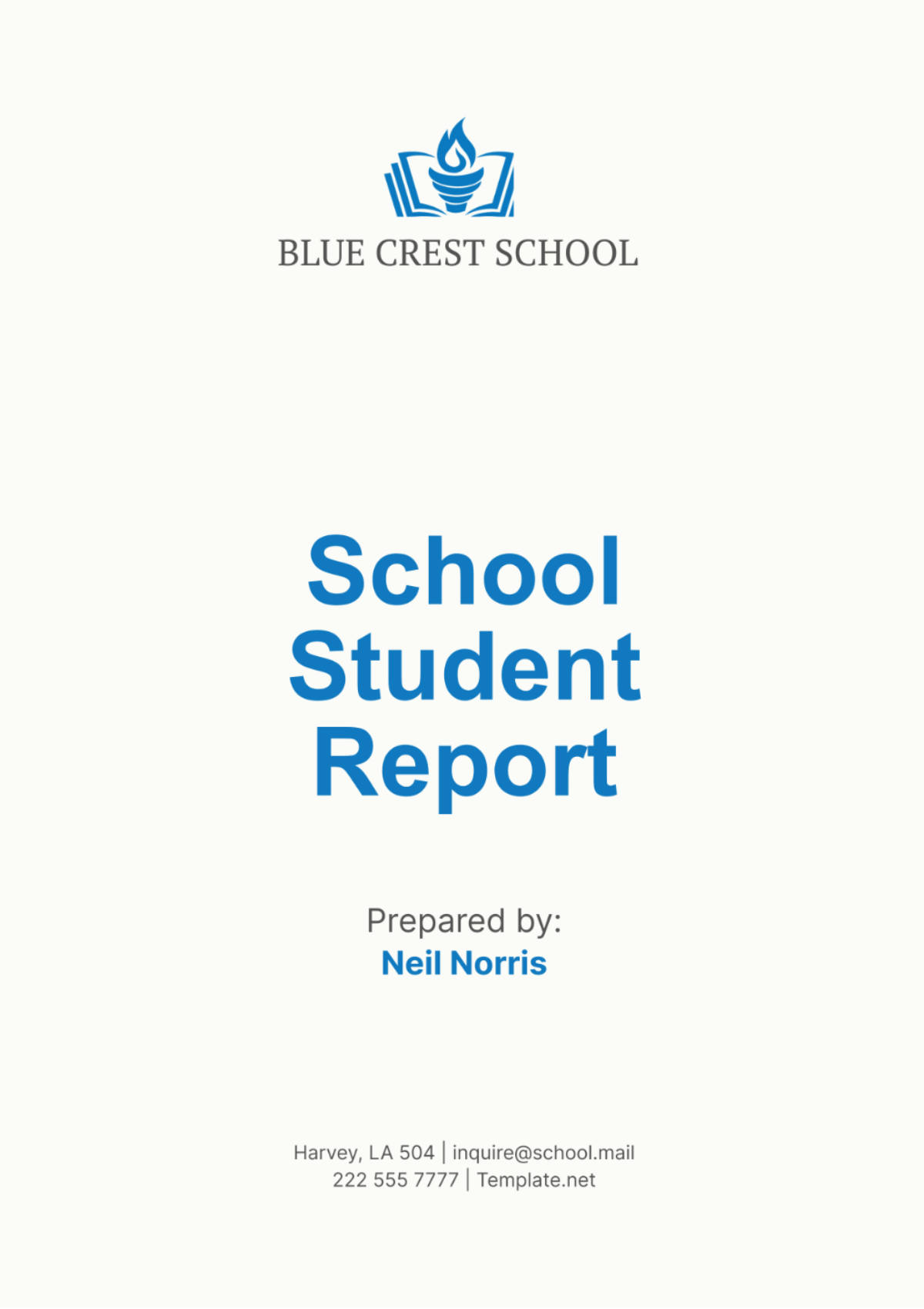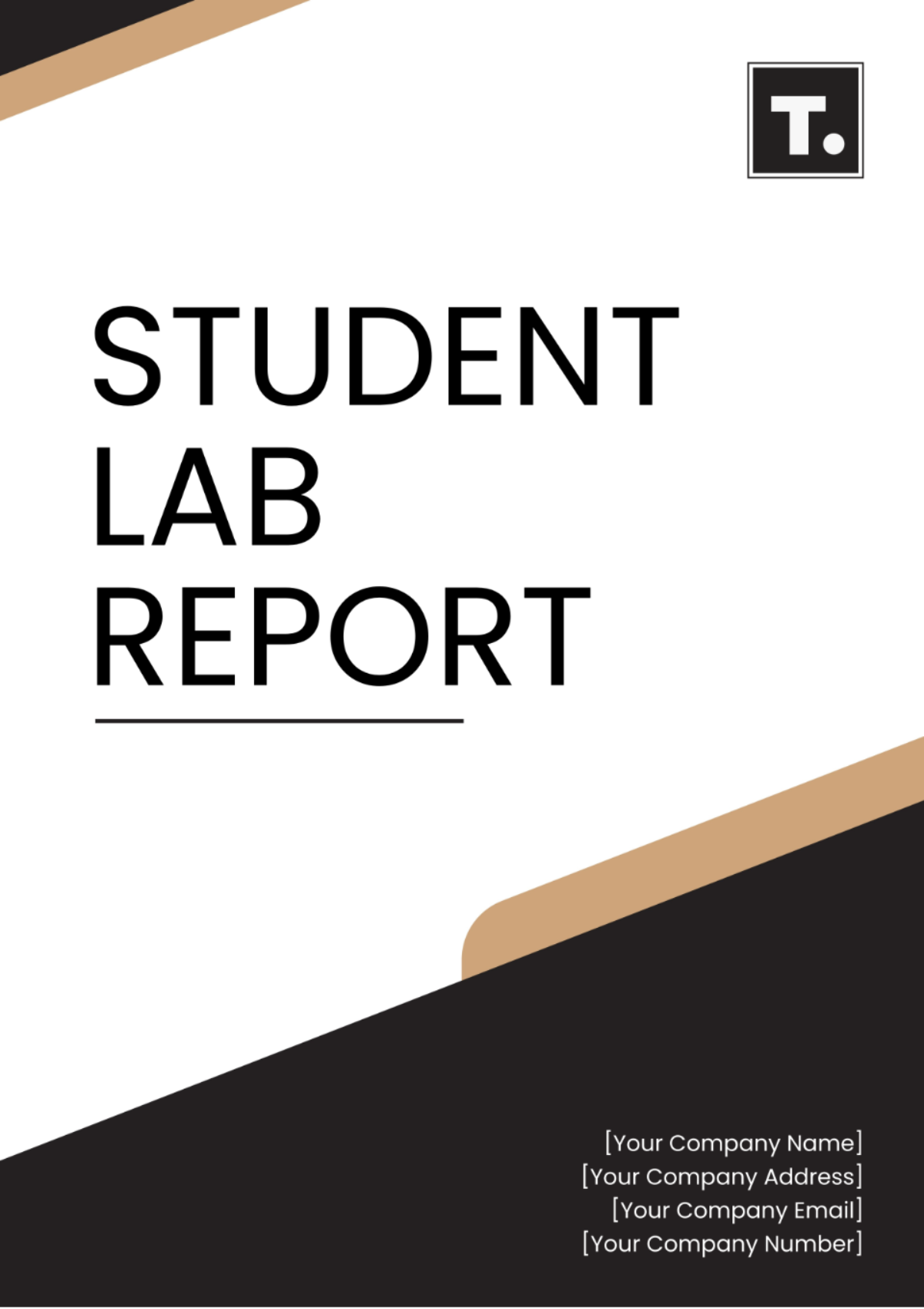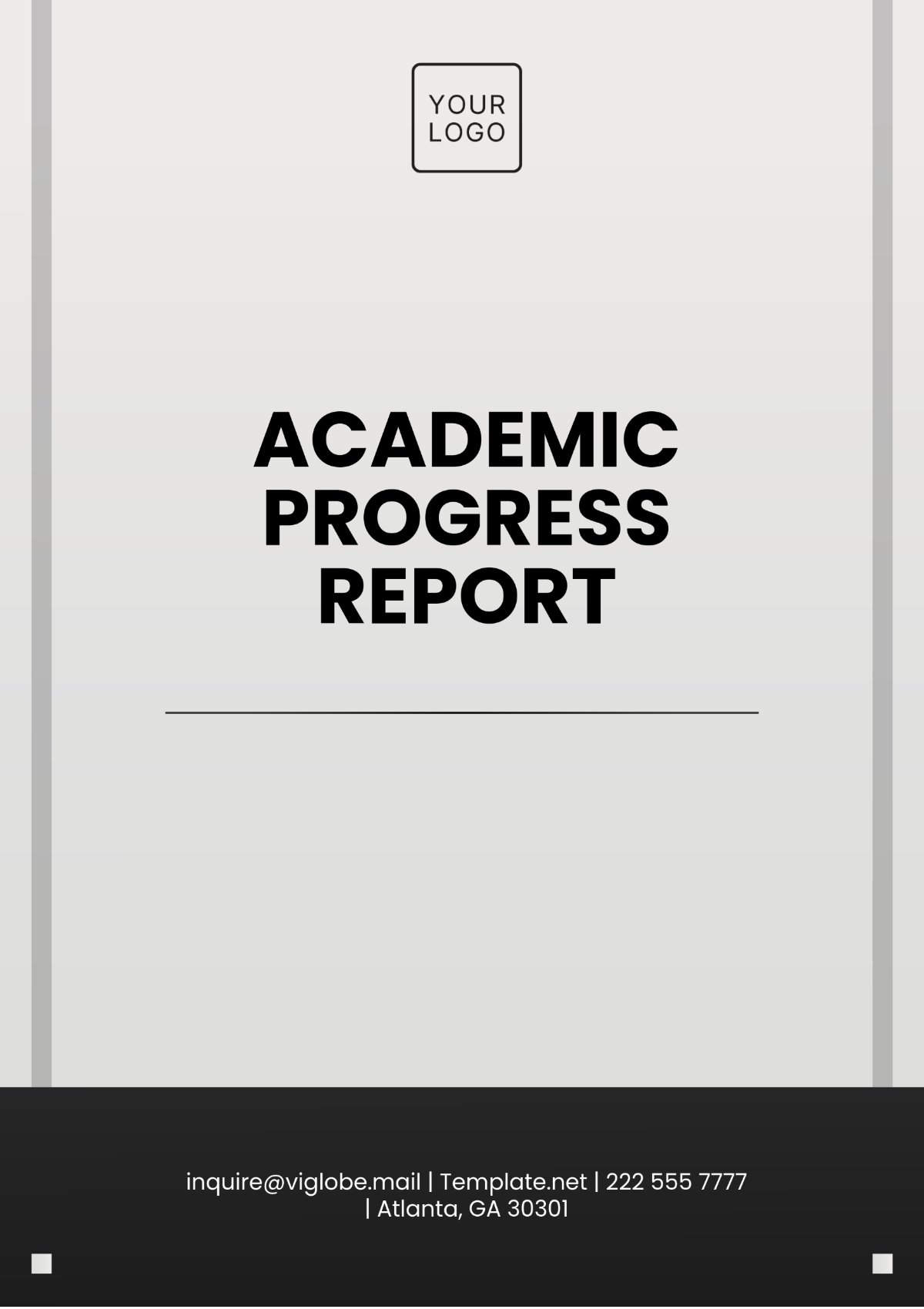Blank Student Behavior Report
I. Overall Behavior Assessment
In this section, we provide a holistic evaluation of the student's overall behavior. The assessment is based on observations made throughout the academic year, including classroom interaction, participation, adherence to rules, and general conduct.
A. Classroom Interaction
The student's behavior during classroom sessions is crucial, as it impacts both their learning and the learning environment for other students. Observations in this area include participation in discussions, attentiveness, and relationships with peers and teachers.
Criterion | Rating (1-5) | Comments |
|---|---|---|
Participation in Discussions | 4 | Actively participates, often provides insightful comments. |
Listening Skills | 3 | Generally attentive, but occasionally distracted. |
Peer Relationships | 5 | Maintains positive and respectful interactions with peers. |
Respect for Teachers | 5 | Consistently shows respect to all teaching staff. |
B. Adherence to Rules
Adherence to school rules and policies is a significant component of the student's behavior evaluation. This includes punctuality, dress code compliance, and respect for school property.
Punctuality: The student consistently arrives on time for classes and school events.
Dress Code: Adheres to the dress code without issue.
Respect for School Property: Takes good care of school materials and equipment.
II. Specific Behavioral Incidents
This section outlines specific behavioral incidents, both positive and negative, that have occurred during the academic year. It provides details about each incident, its context, and the actions taken.
A. Positive Incidents
Positive behavioral incidents highlight the student's commendable actions and contributions to the school community.
Date | Incident | Comments |
|---|---|---|
March 5th | Helped organize a school event | Demonstrated leadership and organizational skills. |
April 12th | Assisted a new student | Showed kindness and inclusivity by helping the new student adjust. |
B. Negative Incidents
Negative behavioral incidents are issues that need attention and improvement. Documenting these helps in addressing and mitigating such behaviors.
Date | Incident | Actions Taken |
|---|---|---|
January 20th | Disruptive in class | Discussion with the student and a warning issued. |
February 15th | Incomplete homework | Parent-Teacher meeting arranged to address the issue. |
III. Recommendations
Based on the assessments and observations, we provide recommendations to improve the student's behavior and support their growth.
A. For the Student
The following recommendations are for the student to help them enhance their behavior.
Increase Participation: Engage more actively in all class activities and discussions.
Time Management: Improve punctuality by planning and organizing daily tasks better.
Seek Feedback: Regularly ask for feedback from teachers to understand areas of improvement.
B. For the Teachers
Teachers can play a significant role in guiding the student's behavior. These recommendations aim to provide effective strategies.
Positive Reinforcement: Acknowledge and reward positive behavior to encourage continued good conduct.
Consistent Monitoring: Maintain regular check-ins with the student to discuss behavior and progress.
Parental Involvement: Engage parents in the process to ensure a supportive home environment.
